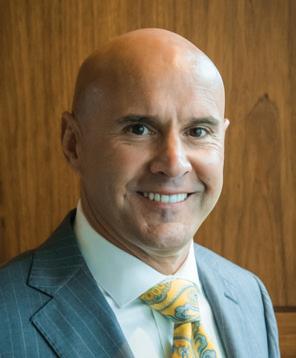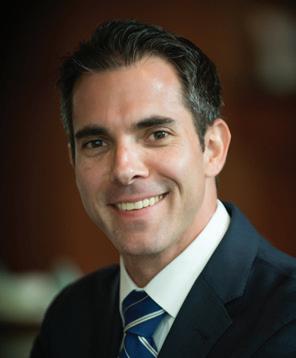


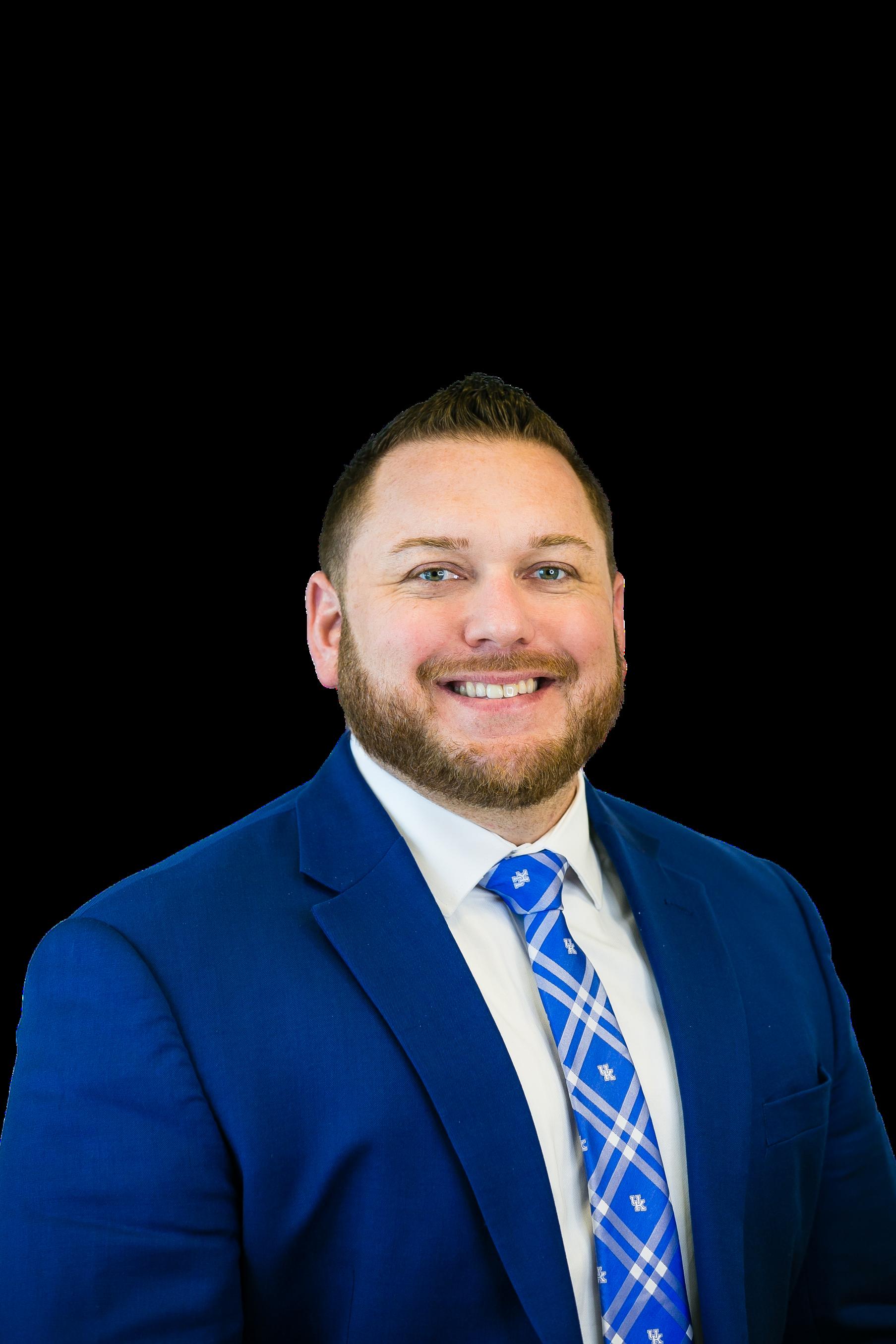











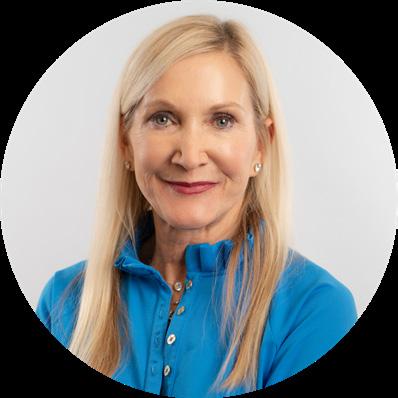

WHO WE ARE: The KBA is a nonprofit trade association that has been providing legislative, legal, compliance and educational services to its member institutions since 1891. KBA's directors and staff work together with its members to make the financial services industry a more effective and successful place to work. The strength of the KBA is bankers unifying as an industry to speak as one voice.
WHAT WE DO: The purpose of the Kentucky Bankers Association is to provide effective advocacy for the financial services industry both in Kentucky and on a national level; to serve as a reliable and responsive source of information and education about areas of interest to the industry; and to provide a catalyst and forum for collective industry action. The KBA does this in 4 ways:
1. Government relations & industry advocacy
2. Information interchange
3. Education 4. Products and services
600 West Main Street, Suite 400 Louisville, Kentucky 40202
KENTUCKY BANKER is the official bi-monthly magazine of the Kentucky Bankers Association (KBA). No part of this magazine may be reproduced without express written permission from the KBA. The KBA is not responsible for opinions expressed by outside contributors published in KENTUCKY BANKER. The KBA reserves the right to publish submissions at the discretion of the KENTUCKY BANKER editorial team. For more information, or to submit an article, pictures or pass on a story lead, contact Matt Simpson, Managing Editor, at msimpson@kybanks.com

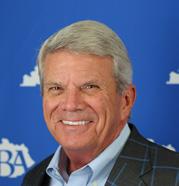

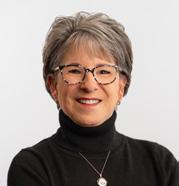
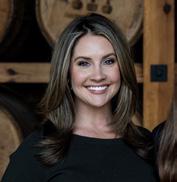

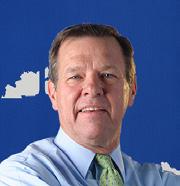


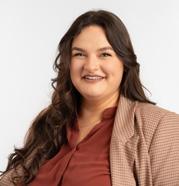
Ballard W. Cassady Jr. President & CEO bcassady@kybanks.com
Michel Buchheister IT Specialists mbuchheister@kybanks.com
Miriam Cole Executive Assistant Office Manager mcole@kybanks.com
Cass Cassady Director of Events ccassady@kybanks.com
McKenzie Caldwell Staff Accountant mcaldwell@kybanks.com
John P. Cooper Legislative Solutions jcooper@kybanks.com
Amanda Cole Coordinator Bank Performance Report acole@kybanks.com
Paula Cross Education Coordinator pcross@kybanks.com
Casey Guernsey Enrollment and Billing Specialist cguernsey@kybanks.com


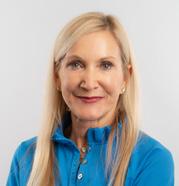
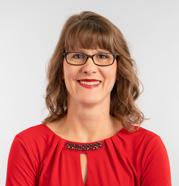

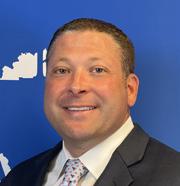
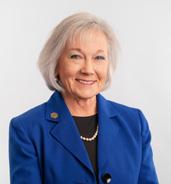
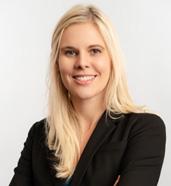

Brandon Maggard Account Representative KenBanc Insurance bmaggard@kybanks.com
Chuck Maggard President & CEO KenBanc Insurance cmaggard@kybanks.com
Lisa Mattingly Director of Sales & Service KBA Benefit Solutions lmattingly@kybanks.com
Tammy Nichols Finance Officer HOPE of the Midwest tnichols@hopeofthemidwest.com
Katie Rajchel Accounting Manager krajchel@kybanks.com
Timothy A. Schenk General Counsel tschenk@kybanks.com
Selina O. Parrish Director of Membership sparrish@kybanks.com
Jessie Southworth Director of Education jsouthworth@kybanks.com
Jennifer Schlierf Sales Support KBA Insurance Solutions jschlierf@kybanks.com
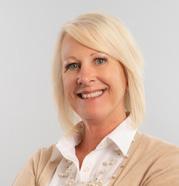

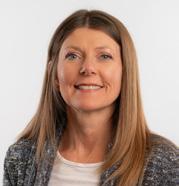
Jamie Hampton Education Coordinator jhampton@kybanks.com
Tamuna Loladze Chief Operating Officer HOPE of the Midwest tloladze@hopeofthemidwest.
Michelle Madison IT Manager mmadison@kybanks.com

Matt Simpson Communications Director msimpson@kybanks.com Visit us online at KYBanks.com

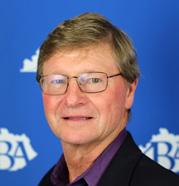

Matthew E. Vance, CPA Chief Financial Officer mvance@kybanks.com
Billie Wade Executive Director HOPE of the Midwest bwade@hopeofthemidwest.com
Audrey Whitaker Insurance Services Coordinator awhitaker@kybanks.com
CHAIRMAN
April R. Perry, Chairman & CEO, Kentucky Farmers Bank Corporation
VICE CHAIRMAN
W. Lee Scheben, President, Heritage Bank, Inc., Burlington
TREASURER
J. Jason Hawkins, President & CEO, First United Bank & Trust Co., Madisonville
GROUP REPRESENTATIVES
Represents Group 1
Jeff McDaniels, President & CEO Farmers Bank & Trust Company
Represents Group 2
Douglas E. Lawson, President & COO Field & Main Bank, Henderson
Represents Group 3
Logan Pichel, President & CEO Republic Bank & Trust Company
Represents Group 4
Jason T. Jones, President Morgantown Bank & Trust Co.
Represents Group 5
Don D. Jennings, CEO First Federal Savings Bank of KY
Represents Group 6
Robert Miles, President & CEO Peoples Bank of Lebanon
Represents Group 7
Lucas Shepherd, CEO First National Bank of Manchester
Represents Group 8
Lonnie Foley, President & CEO Peoples Bank of KY, Inc.
PAST CHAIRMAN
Mark Strother, President & CEO Commercial Bank of Grayson
KBA PRESIDENT & CEO
Ballard W. Cassady, Jr., President & CEO Kentucky Bankers Association
Represents Group 9 James Ayers, Regional Manager First State Bank, Inez
THRIFT REPRESENTATIVE
Glenn Meyers, Executive Vice President Citizens Federal Savings & Loan Assoc.
BANK SIZE REPRESENTATIVES
Represents Banks w/ Assets of $1B+
Michael F. Beckwith, Executive Vice President, Chief Banking Officer, German American Bank
Represents Banks w/ Assets of >$1B & at least $200M
Frank B. Wilson, President & CEO Wilson & Muir Bank & Trust Company
EDUCATION ALLIANCE REPRESENTATIVE
Lanie W. Gardner, Community President First Southern National, Central City
KBA BENEFITS TRUST COMMITTEE REPRESENTATIVE
W. Fred Brashear, II, President & CEO Hyden Citizens Bank

THANK YOU TO OUR ADVERTISERS AND CONTRIBUTORS
BANCCARD
BANC CONSULTING PARTNERS
FHLB CINCINNATI
FIRST HORIZON CORRESPONDENT BANKING
HABERFELD
ICBB
IMAGEQUEST
INTRAFI
INTEGRIS
KENBANC
NCONTRACTS
OCCH
MORGAN POTTINGER MCGARVEY
SERVIS 1ST BANK

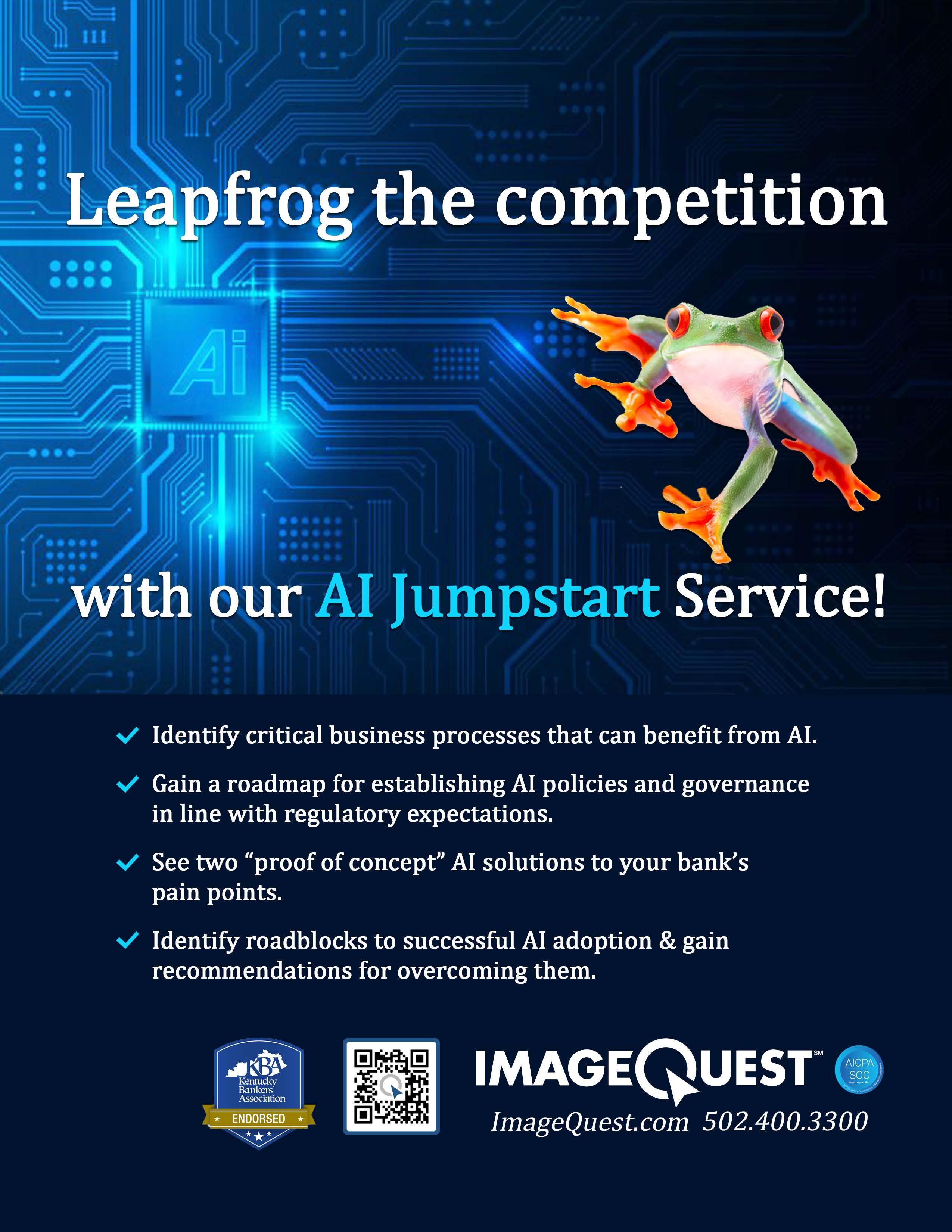
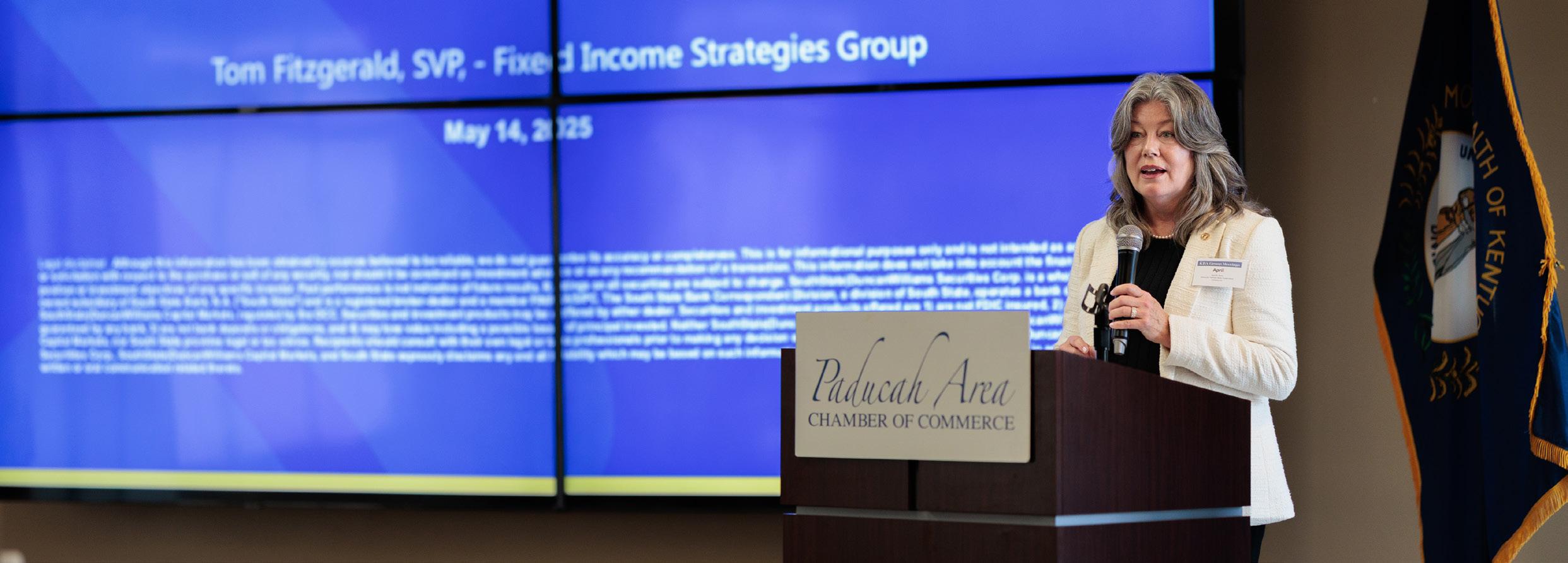
Review by April Perry KBA Chairman, 2025
IIt has the power to drain bank accounts, ruin lives, destroy marriages, compromise businesses, and fail a bank. It is becoming more prevalent, constantly evolving, and is consuming more resources. It sounds horrible! So, what is it and what do we do about it?
“It” is fraud! Fraud is impacting all areas of society. Given the fact that financial gain is the ultimate goal of the perpetrator, banks are many times the last safeguard for the victim. As banks, we provide a safe place for people to keep their money. But what do we do when fraud is coming at us from every angle and looks a bit different every time it rears its ugly head?
We must remain vigilant. Ongoing training is our first line of defense. From the front lines to the C-suite, fraud education is a must. Our employees must be able to spot altered or fictitious checks, spoofed e-mails, and phishing attempts to gain access to bank accounts. Fraud is ever changing so we must keep on top of the trends and watch for new schemes.
Many times, there is no way of knowing our client is falling victim until they have suffered loss. This is why we must educate our customers. They need to understand how to safeguard their credentials and spot potential fraud, so they don’t fall victim.
But even when we catch the fraud, it is often difficult to convince the customer that they are a victim or soon will be if they follow the orders of the perpetrator. Informing a lonely person that the person they are sending money to is really a fraudster is
heartbreaking. They arrive happy thinking they have found love and leave heartbroken aware that they were almost swindled out of their savings, or worse yet, they’ve already lost their life savings.
The increased use of Artificial Intelligence has taken fraud to the next level. Schemes are evolving and are more believable. Fraudsters can use AI to generate fake documents, impersonate individuals, and create fake identities. It all seems legitimate, increasing the chance of successfully completing a scheme.
Cryptocurrency has brought about new challenges with additional avenues for perpetrators to swindle unsuspecting individuals out of their hard-earned money. Cryptocurrency regulation is developing and there are few if any consumer protections. All of this leads to increased chances for fraud and little to no chance of recovery for the victims.
Unfortunately, fraud is not going away. It will probably only get more complicated. Educate yourself and your customers. The KBA’s Fraud Academy, August 12-14, provides a great opportunity to learn more about fraud and how to protect your bank and clients. You can attend virtually or in person in Lexington KY.
If you have any questions about Fraud Academy or other education needs, reach out to Jessie Southworth at the KBA. Jessie is dedicated to making sure our bankers are educated on banking concepts and up to date on the latest trends!
by Ballard Cassady KBA President & CEO
TThis may be the shortest article I have written since I published a picture of Sen. Elizabeth Warren hugging one of our Congressional members.
Gary Saul Morson wrote Suicide of the Liberals in October of 2020. It’s a great read and one that lets you know that history does repeat itself. He talks of the “unprecedented terror” that struck Russia between 1900 and 1917 when Lenin was on the rise through the use of terror, killing policemen, soldiers, or anyone seen as part of the societal structure of the day. “Robbery, extortion, and murder became more common than traffic accidents”, stated Anna Geifman (foremost historian of Russian terrorism).
“How did the educated, liberal society respond to such terrorism?” Long story short, they thought if they went along with this crazy guy named Lenin they would be spared his wrath.
Not just lawyers, teachers, doctors, and engineers, but even industrialists and bank directors raised money for the terrorists. Doing so signaled advanced opinion and good manners. A quote attributed to Lenin— When we are ready to kill the capitalists, they will sell us the rope —would have been more accurately rendered as: They will buy us the rope and hire us to use it on them. True to their word, when the Bolsheviks gained control, their organ of terror, the Cheka, “liquidated” members of all opposing parties, beginning with the Kadets (the Constitutional Democratic Party).
I tell you this because of what I see going on in New York with Mayoral candidate Zohran Mamdani. I believe him when he says he is anti-semetic. I believe him when he says he is anticapitalism. And I believe him when he says he is a Socialist (sounds more communist, but whatever, right). And what are the so-called intellectuals and corporate leaders doing? Why, the same thing the Kadets did. What will be the outcome? Why, the same as the Kadets got.
Please, people...Learn a little about history before you buy the bullets they kill you with.
On Another Note: I would ask that you cut along the dotted line and give this part to everyone between 18 and 28 you know (Gen Z’ers).

“ “
THE PROBLEM WITH SOCIALISM IS THAT EVENTUALLY, YOU RUN OUT OF OTHER PEOPLE’S MONEY.
“THE
IRON LADY”
PRIME MINISTER OF THE UNITED KINGDOM FROM 1979 TO 1990

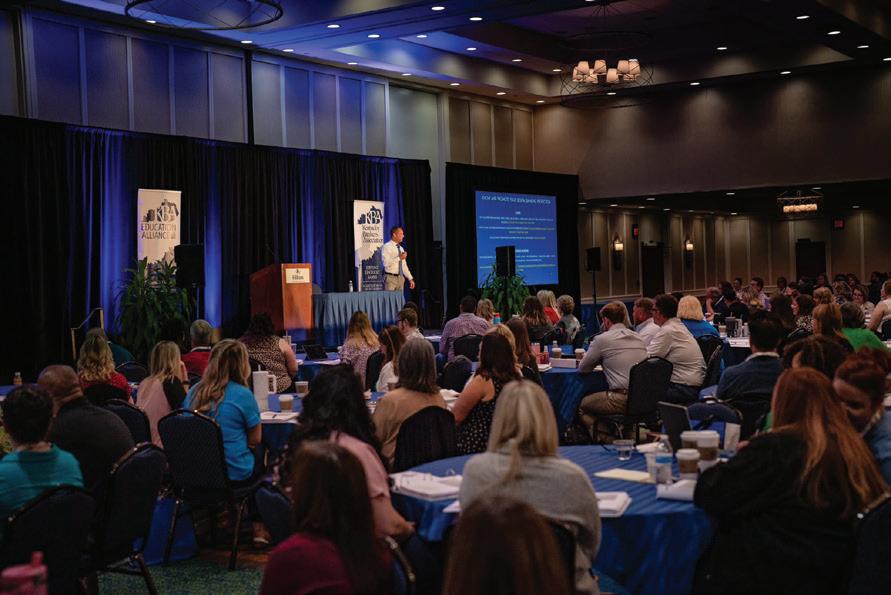
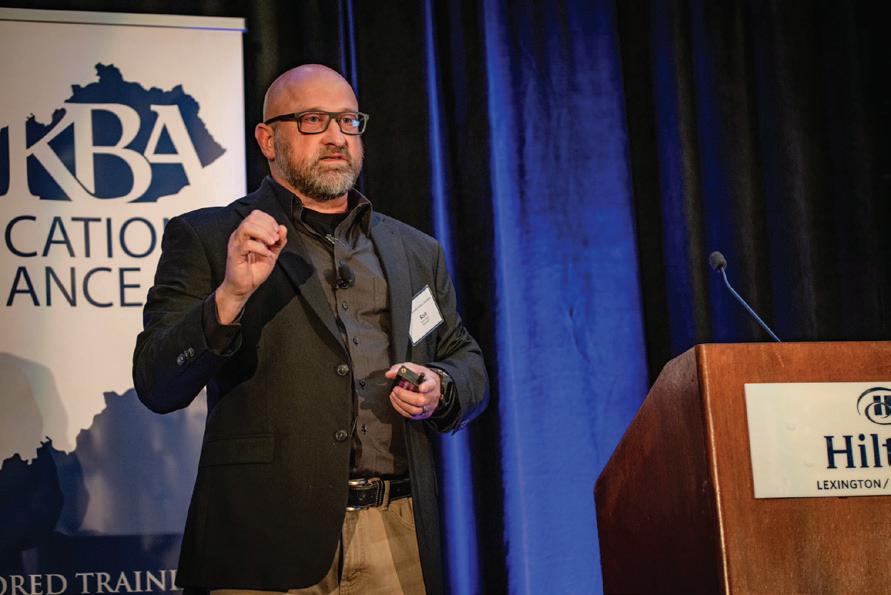
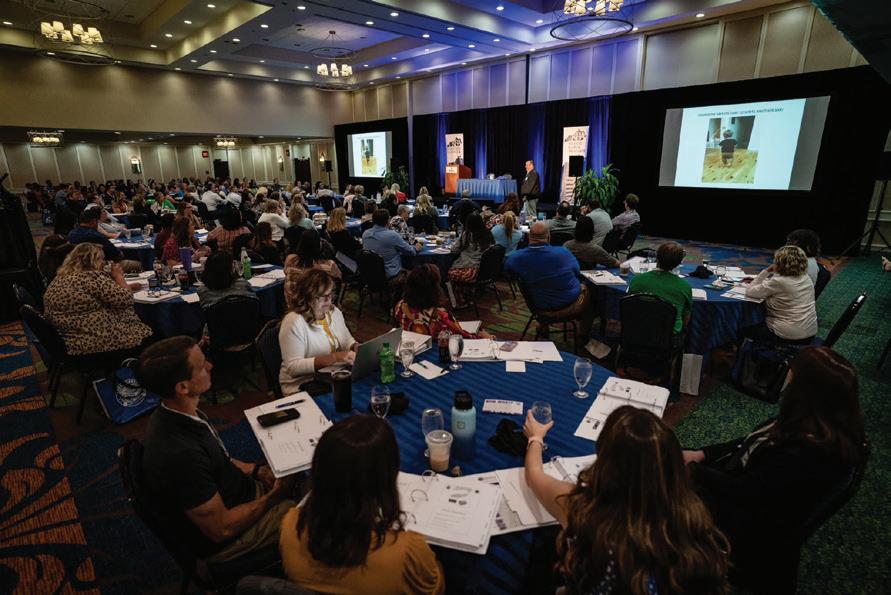
Fraud is costing banks valuable time and money—but your team can fight back.
Fraud Academy is a first-of-its-kind training program designed to equip bankers at all levels with the tools to detect, prevent, and mitigate fraud.
Led by experts from the U.S. Secret Service, law enforcement, and fraud prevention specialists, this intensive, banker centric program covers 18+ fraud risk areas, including check fraud, elder fraud, cybercrime, and prevention strategies.

by Timothy Schenk KBA General Counsel
IIf you watch or read the news, stablecoin is featured nearly daily in the headlines. Some sing its praises, others say it is the end of community banking. But most, if they’re being honest, don’t really know a lot about stablecoin. That shouldn’t be a surprise, considering how much has changed since stablecoin’s initial introduction.
Investopedia defines stablecoin as “cryptocurrencies whose value is pegged, or tied, to that of another currency, commodity, or financial instrument.” We now know that the value which stablecoin is “pegged” to is the United States dollar. We have also seen the GENIUS Act (S. 1582) signed into law with the intent of creating a regulatory framework to manage stablecoin. The GENIUS Act itself is forty-eight (48) pages; a little too long to talk about in detail in this article, but let’s look at the broader points before tackling some of the more narrow concerns.
Congress.gov summarizes the GENIUS Act as, “Under the bill, only permitted issuers may issue a payment stablecoin for use by U.S. persons, subject to certain exceptions and safe harbors. Permitted issuers must be a subsidiary of an insured depository institution, a federal-qualified non-bank payment stablecoin issuer, or a state-qualified payment stablecoin issuer. Permitted issuers must be regulated by the appropriate federal or state regulator.
Permitted issuers may choose federal or state regulation; however, state regulation is limited to those with a stablecoin issuance of $10 billion or less.”
“Permitted issuers must maintain reserves backing the stablecoin on a one-to-one basis using U.S. currency or other similarly liquid assets, as specified. Permitted issuers must also publicly disclose their redemption policy and publish monthly the details of their reserves.”
“The bill specifies requirements for (1) reusing reserves; (2) providing safekeeping services for stablecoins; and (3) supervisory, examination, and enforcement authority over federal-qualified issuers.”
“The bill allows foreign issuers of stablecoins to offer, sell, or make available in the United States stablecoins using digital asset service providers, subject to requirements, including a determination by the Department of Treasury that they are subject to comparable foreign regulations.”
“Under the bill, permitted payment stablecoins are not considered securities under securities law. However, permitted issuers are subject to the Bank Secrecy Act for antimoney laundering and related purposes.”
In short, stablecoin is here and there are now some rules as to how it is to be treated
under the law. However, in reading the GENIUS Act, my concern goes to the rarely discussed Section 11 regarding the treatment of stablecoin insolvency proceedings.
It states:
(a) IN GENERAL.—Subject to section 507(e) of title 11, United States Code, as added by subsection (d), in any insolvency proceeding of a permitted payment stablecoin issuer under Federal or State law, including any proceeding under that title and any insolvency proceeding administered by a State payment stablecoin regulator with respect to a permitted payment stablecoin issuer—
(1) the claim of a person holding payment stablecoins issued by the permitted payment stablecoin issuer shall have priority, on a ratable basis with the claims of other persons holding such payment stablecoins, over the claims of the permitted payment stablecoin issuer and any other holder of claims against the permitted payment stablecoin issuer, with respect to required payment stablecoin reserves;
(2) notwithstanding any other provision of law, including the definition of ‘‘claim’’ under section 101(5) of title 11, United States Code, any person holding a payment stablecoin issued by the permitted payment stablecoin issuer shall be deemed to hold a claim; and
(3) the priority under paragraph (1) shall not apply to claims other than those arising directly from the holding of payment stablecoins.
In short, my reading of Section 11 means stablecoins have a super-priority lien in bankruptcy.
The international law firm Morgan Lewis put it more succinctly in stating, “Section 11(a) of the Act establishes a general rule that the claims of holders of payment stablecoins to the reserves backing the stablecoins have priority over all other claims in the bankruptcy case. The general rule reinforces a stablecoin holder’s redemption right as creating a “hard promise” by the permitted stablecoin issuer to redeem the holder’s payment stablecoins for fiat currency at the election of the stablecoin holder. The effect of the general rule is to give to the stablecoin holders what is tantamount to a security interest
in the reserves to secure the permitted stablecoin issuer’s redemption obligations to the stablecoin holders.”
“However, the stablecoin holders are actually treated more favorably than secured creditors in a bankruptcy case. There is no possibility for the debtor issuer under Section 364 of the Bankruptcy Code to obtain credit based on the reserves even if the stablecoin holders are otherwise adequately protected. Not only is the debtor issuer prohibited from granting a security interest in the reserves under Section 4(a)(2) of the proposed Act but also, under Section 11(e)(3) of the proposed Act, the reserves are not considered even to be included in the debtor issuer’s bankruptcy estate.”
I have not practiced in bankruptcy court for some time, but my reading of Section 11 leads me to believe that being a stablecoin holder leaves you in a better
position than any creditor in any form of insolvency.
Why does that matter? In my opinion, if these provisions are not amended, astute depositors will recognize the super-priority position of stablecoin and move traditional cash deposits to stablecoin. That creates a real problem.
The question leading the title of this article is What Lies Ahead? I do not know the answer to that, but I am concerned that if these sections are not amended, it could have serious negative effects on the banking ecosystem. In order to control What Lies Ahead, we must have Section 11 amended to ensure that traditional deposits and security interests are protected. If you find this as concerning as I do, I encourage talking to your legislators about these issues. Your voice matters.


Review by James Ayers Assistant Vice President / Regional Retail Manager / Kentucky
Last August I was fortunate to gather with bankers from all over the country at the KBA Fraud Academy. The threeday program is quickly and deservedly becoming known as the best fraud training program for bankers in the country. The presenters are experts in their fields, and I can attest from my experience that the training was insightful and allowed me to develop an in-house curriculum that has been used to train dozens of frontline personnel. In addition to the Fraud Academy, several books can assist bankers as we endeavor to protect our customers from fraud and prevent losses to our institutions, as well as help with day-to-day decision making. This column is slightly different from others that I have written. Instead of recommending one book, I am going to briefly talk about two that can assist bankers and others in their fight against fraud and one that complements security training.
by Malcom Gladwell
This book appears on many lists as a ‘top business book’ recommendation and can be applicable to many facets of
the business world. Specifically related to fraud prevention, Gladwell’s book is about the power of rapid cognition, split second decision making that occurs before we consciously process information. Blink illustrates the importance of using your intuitive judgment, recognizing patterns and the pitfalls associated with overthinking. One of the core ideas of this book is that our brains can make accurate decisions based on very limited information. Gladwell talks about the ability to “thin slice” data, drawing conclusions from small pieces of information. He offers real world examples and psychological studies that describe how these skills can be honed and trusted, while also cautioning against making snap judgments that are influenced by bias.
In the beginning chapter, The Statue That Didn’t Look Right, we are introduced to the concept of intuitive repulsion- finding something “off”- within the first two seconds of looking at an object. Through enough training and experience, bankers can recognize and prevent fraud this way. This book helps you understand how your instincts work and why it’s important to trust them. How many times have we heard the statement, “something doesn’t feel/look right”? That’s years of training and experience speaking to us. This book helps us to harness that voice.
by Chris Voss
Voss is a former FBI hostage negotiator. Drawing on this experience, his book offers powerful communication and negotiation techniques that bankers can use as they communicate with customers and others. Voss walks readers through the importance of understanding how people think, identifying their motivations and carrying out a conversation in a manner that can reveal the truth.
Voss details communication techniques such as tactical empathy, labeling emotions and asking calibrated questions that help build rapport, all the while uncovering critical information that doesn’t trigger defensiveness. Training frontline staff on the importance of active listening, the technique of mirroring behavior and using silence in a strategic manner can allow banks to curtail in person fraud. Voss also describes the importance of staying calm under pressure, navigating complex and often erratic human behavior and thinking several steps ahead.
Finally, emphasizing the importance of preparation and emotional intelligence
equips bankers to handle deception and manipulation with confidence. Reading this book and applying the skills that Voss conveys will transform the way you think, speak and listen. I think the most important section in this book concerns asking calibrated questions and the types of questions to avoid.
As bankers, if we can learn these techniques and pass them on to others in our organizations, we will see a decrease with in person fraud.
awareness. This book, almost 30 years old, is taught in criminal justice courses and police academies around the country. I first read it 20 years ago as a criminal justice major. The book has one overarching message, that our intuition is often our best defense against danger.
Through case analysis, De Becker discusses how individuals often sense something is wrong before violence occurs, but they repress or ignore those feelings because they fear being viewed as impolite or overreacting in a situation. Applying the concepts in this book can help overcome those instincts and create a culture of
me when I say that we will never eliminate fraud. Yet, doing everything in our power to prevent fraud helps our customers, our communities and our banks. The first step on the fraud prevention journey is to attend the KBA Fraud Academy. I would suggest the second step is learning all you can about human behavior and communication. These three books are a good place to start.





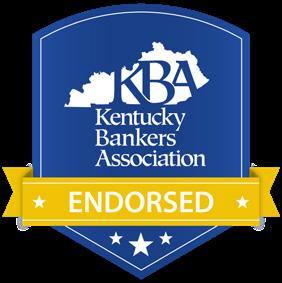
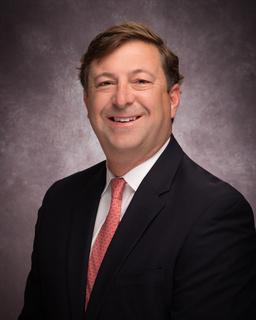









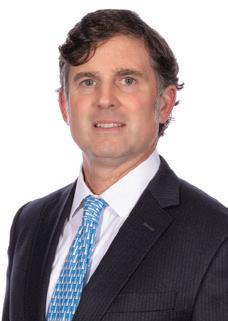




By Diane Ellis IntraFi intrafi.com
FFor many bank executives, meeting the Community Reinvestment Act requirements can feel like solving an intricate puzzle.
But a new initiative offers a safe, straightforward solution to one key aspect of CRA compliance.
Launched this past year by the Community Development Bankers Association (CDBA) and the National Bankers Association (NBA), the Advancing Communities TogetherSM Deposit Program provides banks with a secure and efficient way to fulfill their CRA obligations. By placing deposits into Community Development Financial Institutions (CDFIs) or Minority Depository Institutions (MDIs), your bank can earn credit toward the CRA’s community development and investment tests.
“The ACT Deposit Program is a promising new tool for community and regional banks to earn CRA credit,” says Brian Blake, CDBA’s Chief Public Policy Officer and a former bank CRA officer, “ACT excels at meeting both the spirit and the letter of the CRA, and I believe it is very competitive compared with more complex, costly, or time-consuming alternatives.”
How Does the ACT Deposit Program Work?
The ACT Deposit Program uses IntraFi’s ICS®, or IntraFi Cash Service®, so your bank’s deposit is eligible for millions of dollars in aggregate FDIC insurance at network banks. The minimum deposit under the program is $1 million for banks with $10 billion or less in assets and $5 million for larger banks. And the deposits earn interest.
Note: IntraFi is not an FDIC-insured bank, and deposit insurance covers the failure of an insured bank. A list identifying IntraFi network banks can be found at IntraFi.com/ network-banks. Certain conditions must be satisfied for “pass-through” FDIC deposit insurance coverage to apply.
Regulators define CRA “qualified investments” to include bank deposits with a primary purpose of community development. Under this definition, and subject to considerations such as the asset size and assessment area of the bank seeking CRA credit, deposits placed at CDFI and MDI banks qualify for CRA consideration.
While CRA guidelines require CDFIs to be located within a bank’s assessment area
to qualify for the credit, deposits into any MDI bank qualify regardless of geographic location. Currently there are 37 MDIs and 63 CDFIs1 operating in 31 states participating in the ACT Deposit Program. You can see a full list of participating CDFIs and MDIs here.
Blake notes that these deposits will help CDFIs and MDIs do even more to help underserved communities.
“ACT program deposits put capital to work in communities that need it most,” he says. “Because CDFI and MDI banks operate in low-income or low-wealth communities, their funding options are limited—but they excel at financing affordable housing and small businesses, creating jobs, and expanding neighborhood facilities in low-income communities.”
Blake adds that ACT deposits offer banks qualitative benefits when it comes to CRA ratings, since the deposits meet standards of being responsive, flexible, and innovative. He concludes that “when leveraged by CDFI and MDI banks, ACT deposits go to very good use.”
If your bank is looking for a secure, effective way to meet CRA’s community development or investment tests, learn more by visiting the ACT Deposit Program website at https://www.intrafi.com/actdeposit-program or email Diane Ellis at dellis@ IntraFi.com.
You’ll be doing something smart for your bank while also supplying a CDFI or MDI with much-needed deposits to lend in their markets. 1 Sixteen ACT Deposit Program banks are both CDFIs and MDIs.
Deposit placement in the ACT Deposit Program within ICS (“Program”) is subject to the terms, conditions, and disclosures in applicable agreements, including the ACT Addendum to the ICS Deposit Placement Agreement. A portion of a deposit placed in the Program may be allocated to IntraFi network banks that are not CDFIs or MDIs. The interest rate earned on Program deposits will likely be lower than the interest rate available on deposits outside of the Program. IntraFi and ICS are registered service marks, and ACT is a service mark, of IntraFi LLC.
IntraFi® is a trusted partner chosen by more than 3,000 financial institutions nationwide. IntraFi’s network—the largest of its kind—brings scale, giving each participant access to tens of billions of dollars in funding, the highest per-depositor and per-bank capacity, and the peace of mind of being able to make large-dollar placements.
Contact IntraFi at (866) 776-6426 or contactus@ intrafi.com to find out how your bank can join our network of financial institutions and benefit from The Power of Many®.
Diane Ellis is Senior Managing Director at IntraFi. She leads the Advancing Communities TogetherSM, or ACTSM, Deposit Program for IntraFi. Previously, she was the Director of the Division of Insurance and Research at the Federal Deposit Insurance Corporation (FDIC), where she led efforts to maintain the adequacy of the Deposit Insurance Fund and an effective and fair risk-based premium system, assess economic and financial sector risks to the banking industry, conduct policyoriented research and analysis for rulemakings, and collect and publish bank financial information and statistics, including the Quarterly Banking Profile. She has extensive executive-level experience in deposit insurance pricing and fund management and was elected twice to serve as an Executive Council member for the International Association of Deposit Insurers. Earlier, she was a senior financial analyst and bank examiner with the FDIC.


By Robb Rempel Haberfeld haberfeld.com
YYou already know what your vocal customers think. Those who love you tell their friends about you. Those who are frustrated with you tell you so, giving you the chance to fix the problem.
The customers you should be concerned about are the silent majority. They are the most vulnerable to the marketing messages of your competitors. So, how can you change the narrative and turn those customers into raving fans?
Customers switch financial institutions for a variety of reasons; some we can control, others we cannot. As bankers, we often do not see things through the lens of the customer, a thing we can control. When you are closing more accounts than you are opening or are at net-zero, it is time to reevaluate three key areas: fees, culture, and service.
First, move beyond a narrow focus on fees themselves. The metric we need to drive is total profitability. The profitability formula is simple: Total Profitability = Average Profits per Household × Number of Households.
When it comes to maximizing a bank’s overall profitability, the focus is often on profits per household alone. The problem with this approach is that averages only tell you so much. What banks should focus on is the other half of the equation: number of households. Rather than charging current customers more, you should increase the number of households. In doing so, your total profitability will soar. Most FIs can handle many more customers with little impact on operating costs. With a strategic approach to growth, community banks can double their number of new-customer acquisitions and sustain that growth for as long as they like.
For almost a decade, “free” accounts were almost universal. Fast-forward to today, and banks have reversed course by implementing a wide range of fees. What we have found is that not all fees are created equal. In fact, fees rank as one of the most common reasons people switch financial institutions. We are all familiar with the fees that anger customers, from monthly service charges to minimum balance fees. These you can and should avoid. Instead, focus on
fees that drive profitability. The three big fees in retail banking: overdrafts, interchange, and value-added products. While some uncertainty remains over the future of overdraft fees, too many institutions simply stopped providing this valuable service rather than implementing customer-friendly practices.
Over the last three years, interchange income has outpaced overdraft income and will continue to be a significant profit driver. Interchange is not directly paid by customers so there isn’t the sensitivity about it. Banks should prioritize increasing debit card adoption and ensuring customers are using cards frequently. Simple targeted campaigns can increase usage with remarkable ROI. Furthermore, the instant issuance of debit cards has a direct correlation with both usage and spend. Perhaps it’s time to reevaluate that opportunity.
Gaining popularity, value-added products afford another way for us to provide extra benefits for a reasonable fee. Our data suggests 10–15% of new customers will opt for that product when offered as an option. Too many institutions have attempted to maximize this kind of fee by force-migrating customers or pushing the
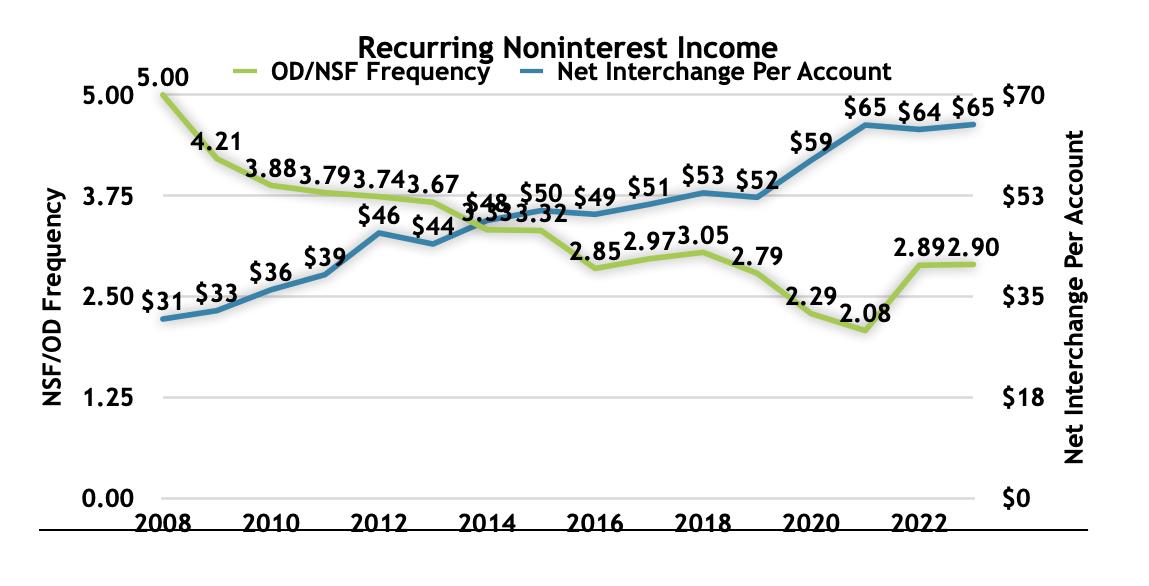
product onto those who do not want it. The result is a shortterm burst of income but long-term damage in the form of high attrition rates and unhappy customers. The strategic implementation of this product is key to its success.
Bankers believe we are great at meeting the needs of our customers. The reality is that consumer expectations are being driven by retailers like Chick-fil-A, Amazon, Zappos, Disney, Starbucks, and others. What sets them apart? They have built a culture that empowers their employees to delight customers by anticipating and then meeting their needs. Empowered employees create extraordinary experiences that drive customer loyalty, referrals, and sustainable growth.
So, what does it take to bridge the expectation gap? First, it starts with training—equipping employees with product knowledge and simple sales tools. When employees feel fully confident in what they are offering, they naturally become stronger advocates for the products.
Second, it requires a cultural shift—reframing sales as an extension of exceptional customer service. By actively identifying customer needs and offering solutions, banks can not only enhance customer relationships but also foster long-term loyalty and trust.
The Elephant in the Lobby is that our self-perceptions are at odds with customer feelings. Rather than expecting customers to understand our banker ways, let’s view the world through their eyes. It will result in happier and more loyal customers—and more profitability, too.
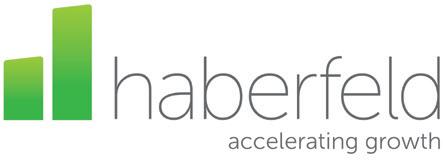



By Monica Bolin NContracts NContracts.com
FFair lending isn’t just a federal issue. Every state imposes laws on usury, mortgage disclosure, fair lending, and other requirements. These laws vary widely, as does each state’s approach to enforcement. For example, in 2022, the Massachusetts Attorney General’s Office settled with a mortgage servicer accused of unfair and deceptive practices in its servicing, debt collection, and lending operations.
The company was required to pay $2.7 million in borrower relief and $500,000 in penalties. More recently, in January 2025, the Texas Department of Savings and Mortgage Lending (SML), along with 52 other state regulators, reached a $20 million settlement with a mortgage banker over deficient cybersecurity practices and failure to cooperate during a data breach investigation affecting nearly six million customers. Though unrelated to lending services, this action highlights the expanding regulatory focus on operational and cybersecurity risks.
Any institution subject to fair lending laws — including banks, credit unions, mortgage lenders and servicers, indirect auto lenders, and other third parties — should regularly assess its fair lending risk. While no specific format or tool is mandated, regulators
expect institutions to perform fair lending risk assessments aligned with their agency’s guidance, such as the Interagency Fair Lending Examination Procedures.
Because fair lending laws and enforcement priorities differ by state, staying current on regulatory developments that aligns with your institution’s services and geographic footprint is essential.
Once your assessment identifies fair lending risks, don’t delay — take prompt, structured action:
• Escalate findings to your fair lending or compliance committee, senior management, and the board to ensure leadership is informed.
• Prioritize risks based on impact and likelihood, focusing first on those that pose the greatest threat.
• Identify root causes to understand what’s driving the risk — whether it’s a policy gap, control weakness, or operational issue.
• Update your assessment to reflect new or revised risks, controls, and control effectiveness ratings.
• Align policies and procedures with the updated risk profile to ensure consistency across your compliance framework.
• Create targeted action plans for each risk, with clear owners, deadlines, and milestones.
• Monitor progress regularly, adjusting corrective actions as needed to ensure risks are mitigated and compliance is maintained.
Regardless of the regulatory climate, fair lending risk assessments must stay current. As you refresh yours, focus on best practices, track state and federal changes, and reassess controls regularly. A proactive, data-driven approach will help your program stay compliant and responsive to emerging risks.




By Charles Otten MPM mpmfirm.com
BBanks who want to perfect a security interest in deposit accounts can do so easily by requiring the debtor to maintain its deposit accounts at the bank – UCC Article 9 provides that a secured party has “control” of a deposit account if the secured party is the bank with which the deposit account is maintained.i If a secured party has “control” of a deposit account, its security interest is deemed perfected.ii
Not all lending situations allow for the lender to also be the depository bank – a bank customer could obtain financing from a private lender and pledge its deposit account as collateral, or multiple banks may participate in a loan deal with only one bank serving as a depository. Perfecting a security interest in a deposit account not maintained at the secured party’s bank is achieved by way of a Deposit Account Control Agreement (“DACA”).iii In order for a DACA to be effective, it takes at least three to tango.
A DACA is an agreement signed by the depository bank, its customer, and one or more secured parties which memorializes the depository bank’s agreement to comply with instructions from the secured party regarding disposition of funds in the account without further consent of the customer. Some benefits of a DACA include (i) the customer keeps their depository relationship with the bank, and (ii) the depository bank generates additional treasury management revenue by facilitating the DACA.
DACAs have evolved to provide parties to the agreement with more flexibility. Historically, a “Hard Block” DACA was the only type of DACA permitted under UCC Article 9. Under a Hard Block DACA, the secured party takes immediate control of the account, and the customer loses control of the account. Amendments to UCC Article 9 permit a “Springing Block” DACA whereby the customer
maintains access to the account, and the secured party only takes control after delivering notice to the depository bank. Springing DACAs provide customers access to their cash during the life of the loan, while also providing secured parties quick access to control of the cash in the event of a default.
If the loan involves a deposit account with government receivables, DACAs are generally prohibited by federal law.iv However, lenders can use what federal agencies refer to as a “Deposit Account Instruction Service Agreement” (“DAISA”). A DAISA provides a similar arrangement to a DACA, but complies with applicable federal law.
While the concept of a DACA may be simple, as with any agreement drafted by lawyers, DACA terms can quickly become complex and risky. If, for example, the subject deposit account is overdrafted or the depository bank misses a notice and money leaves the account when it shouldn’t, someone will be liable, and the terms of the DACA should address such scenarios ahead of time. Whether a bank is entering into a DACA as a secured party or a depository, it should carefully review reimbursement and indemnification obligations as well as general limitations of liability.
i KRS 355.9-104(1)(a)
ii KRS 355.9-314(1)z
iii KRS 355.9-104(1)(b)
iv See 42 U.S.C § 1396a(32) and 42 U.S.C. § 1395g(c)
Morgan Pottinger McGarvey is a leading banking and finance law firm representing financial institutions, businesses and individual clients throughout Kentucky and Indiana.

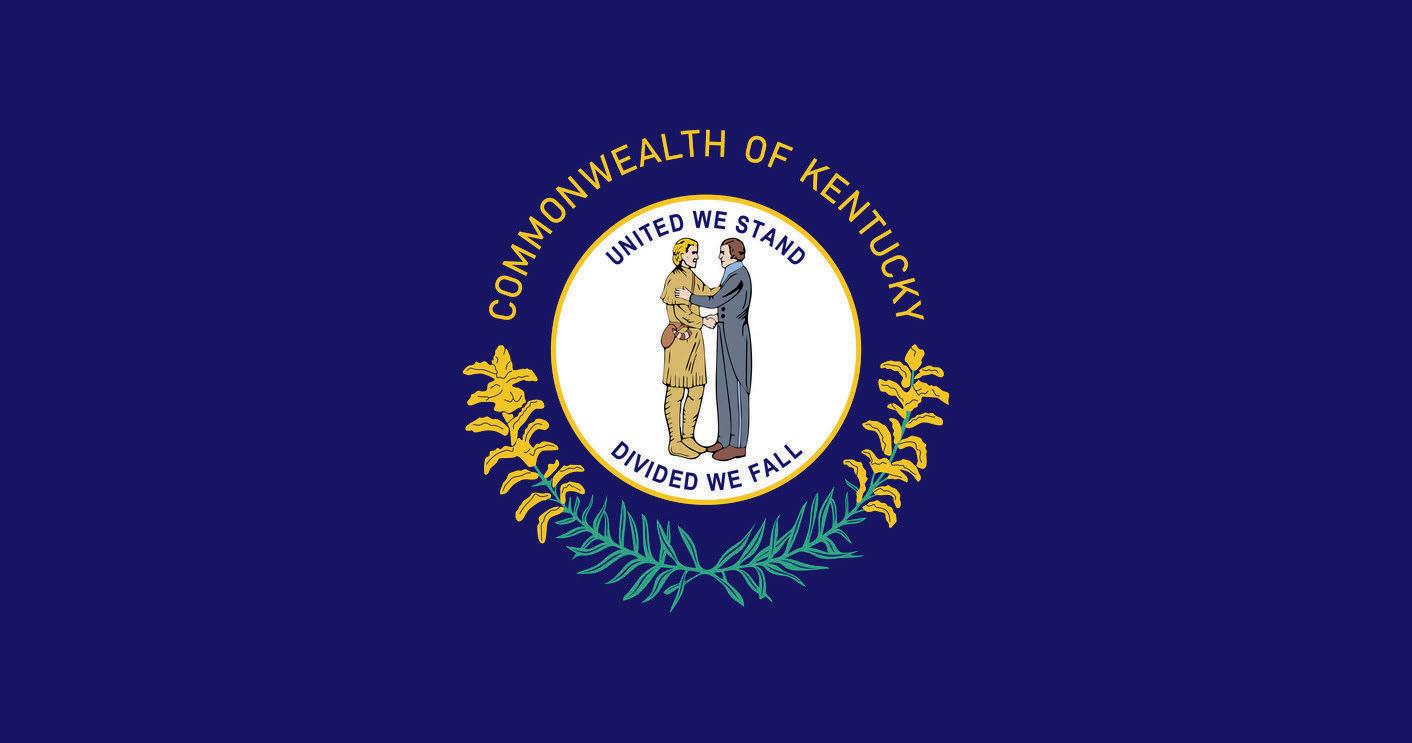





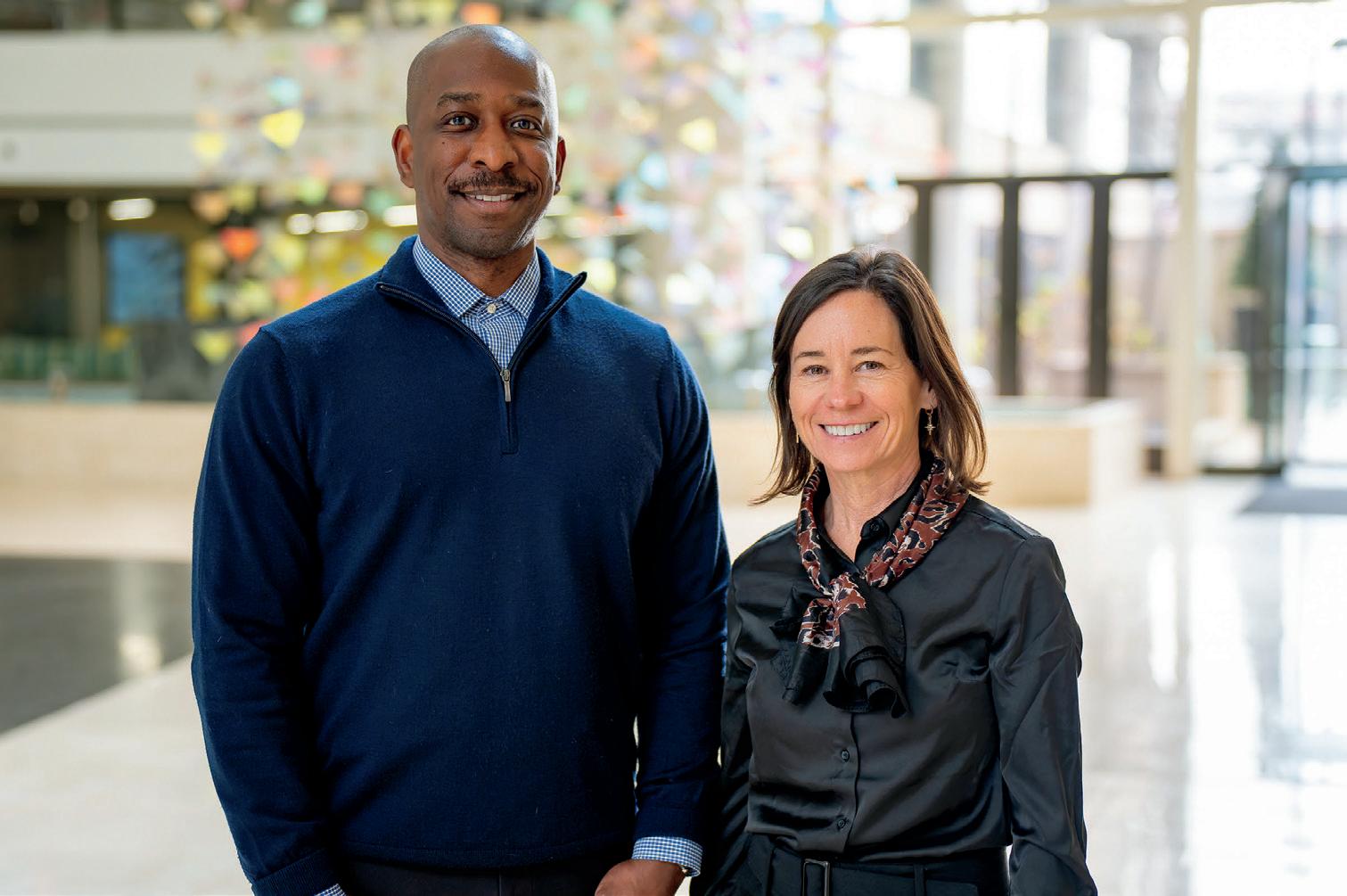

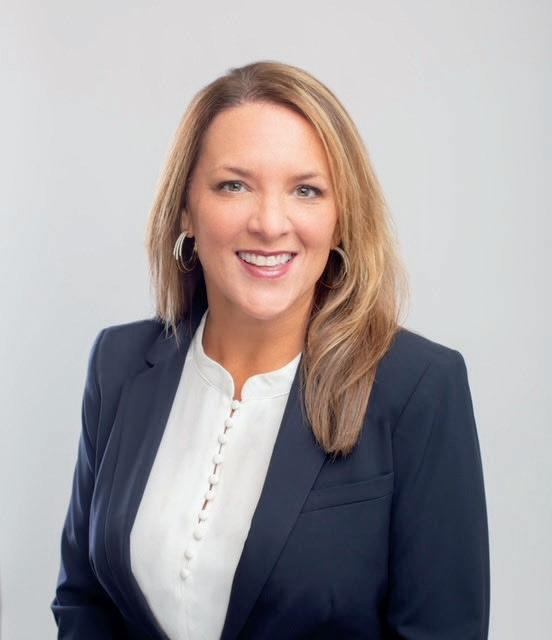
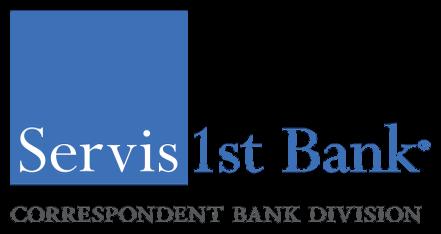

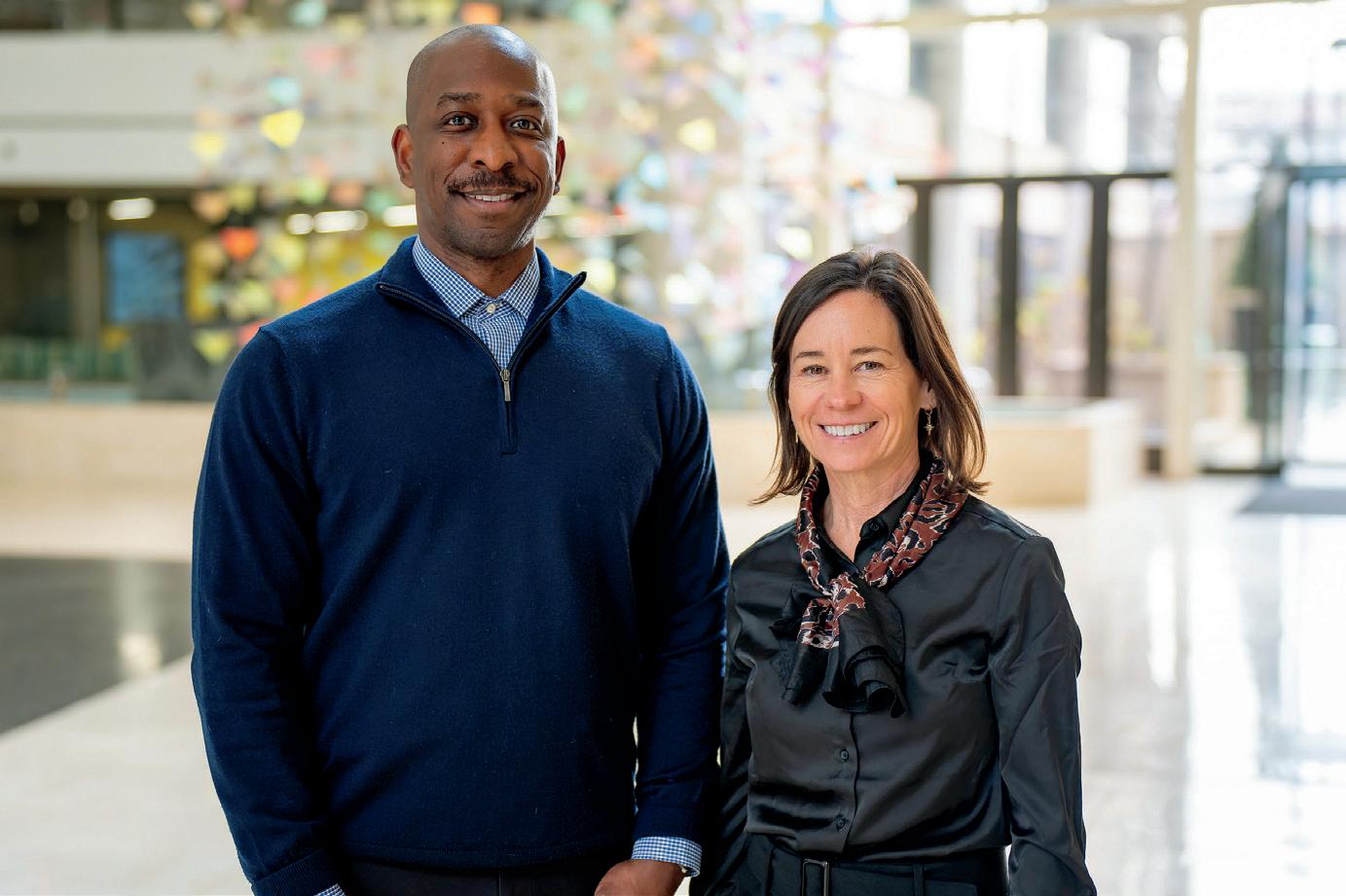
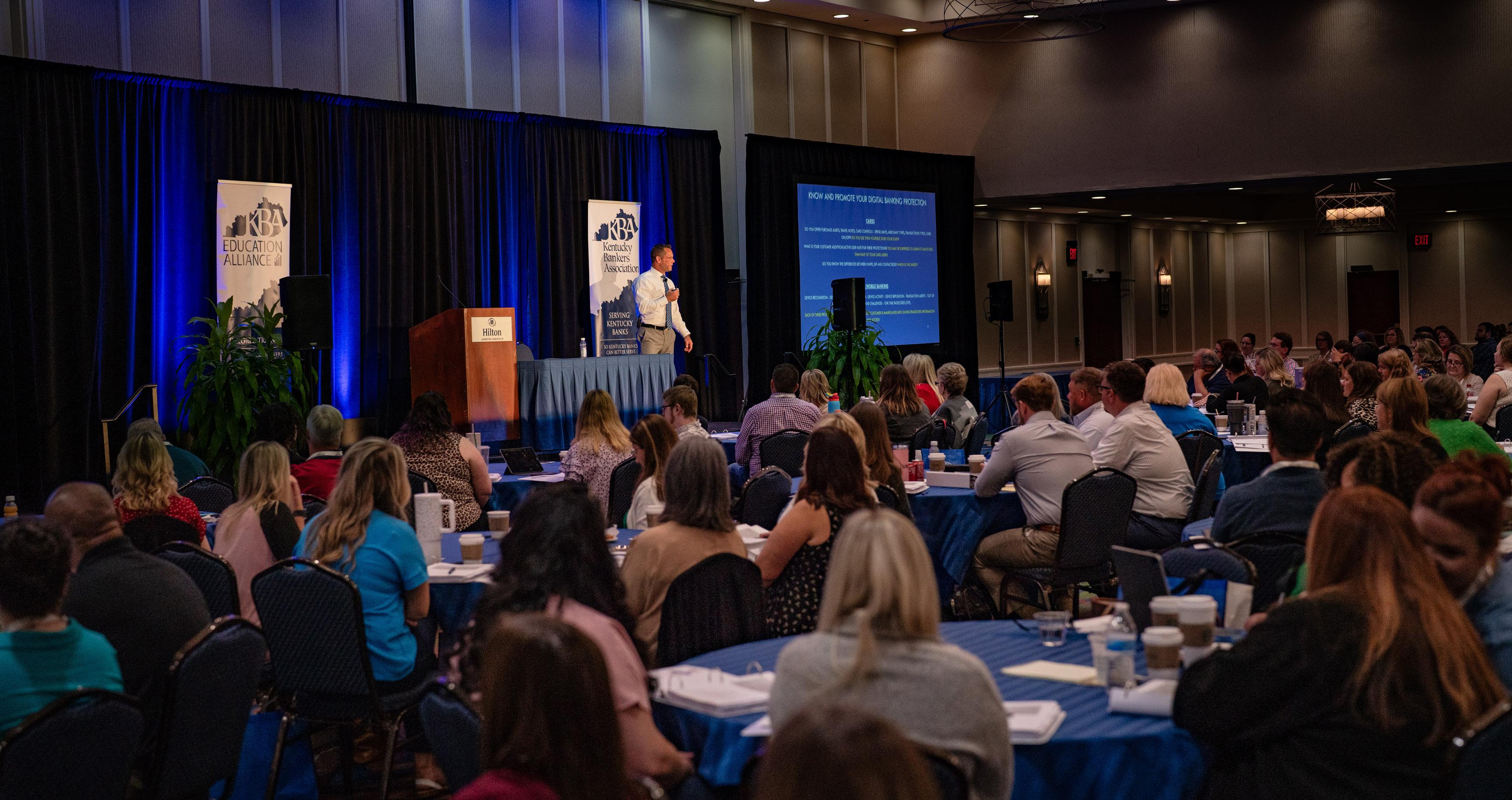

AUGUST 12-14, 2025 | Hyatt Regency, Lexington
Federal Trade Commission data shows that consumers reported losing more than $12.5 billion to fraud in 2024, a staggering 25% increase over the prior year. What’s worse, the US Department of Justice estimates that only 15 percent of the nation’s fraud victims report their crimes to law enforcement. The true estimated cost of fraud loss is worse than we could have imagined, and studies suggest that unreported fraud losses may range between $23 billion to $153 billion. The time to take the fight against fraud is now, and the need has never been greater.
Fraud Academy is now in its 3rd year. We’re wiser now and have better tools at our disposal. But fraud never sleeps, and so we remain vigilant. This year introduces new topics, such as pig butchering scams and commercial loan fraud, while revisiting classic fraud cases like elder abuse, AI, and card skimming through a new and improved lens. The result is an immersive three-day program designed to equip you with the skills, strategies, and mindset you need to outmaneuver the bad guys. Because fraud never sleeps…and neither will we.


This session will dive into a prosecuted case related to mail theft. We will also highlight other theft and fraud cases that have impacted victims from around the country, particularly those involving romance/ investment schemes.
Speaker: Benjamin Schild was employed by the US Secret Service from 2007 to 2020. During his tenure with the Secret service, he worked as a special agent on protection detail and fraud investigations in addition to a detail of Vice President Pence in Washington, D.C. Since 2020, he became a federal agent with the US Postal Inspection Service. Mr. Schild has worked on several multimillion-dollar investigations resulting in successful prosecution in several jurisdictions, while working with some great Assistant US Attorney’s in Ohio, Kentucky, Florida, Texas and New York.
In a short amount of time, Artificial Intelligence has managed to dramatically change how we approach many aspects of our everyday life. While it has delivered on promises to make some aspects of our lives more efficient, there is always the possibility that these powerful tools could be misused. In order to better understand the risks involved it is important to understand how these tools actually work. In this session, Dr. Harrison will provide an in-depth view of how modern machine learning systems, such as GPT and Stable Diffusion, work to generate output. He will also review some of the common pitfalls people fall into while working with these tools, and how potential misuse can be identified and mitigated.
Speaker: Dr. Brent Harrison is an Associate Professor of Computer Science at the University of Kentucky’s Stanley and Karen Pigman College of Engineering. Mr. Harrison’s extensive research centers around creating AI and machine learning systems that can better understand and interact with humans. This involves imbuing machine learning systems with a better understanding of human communication patterns, values, and personality.
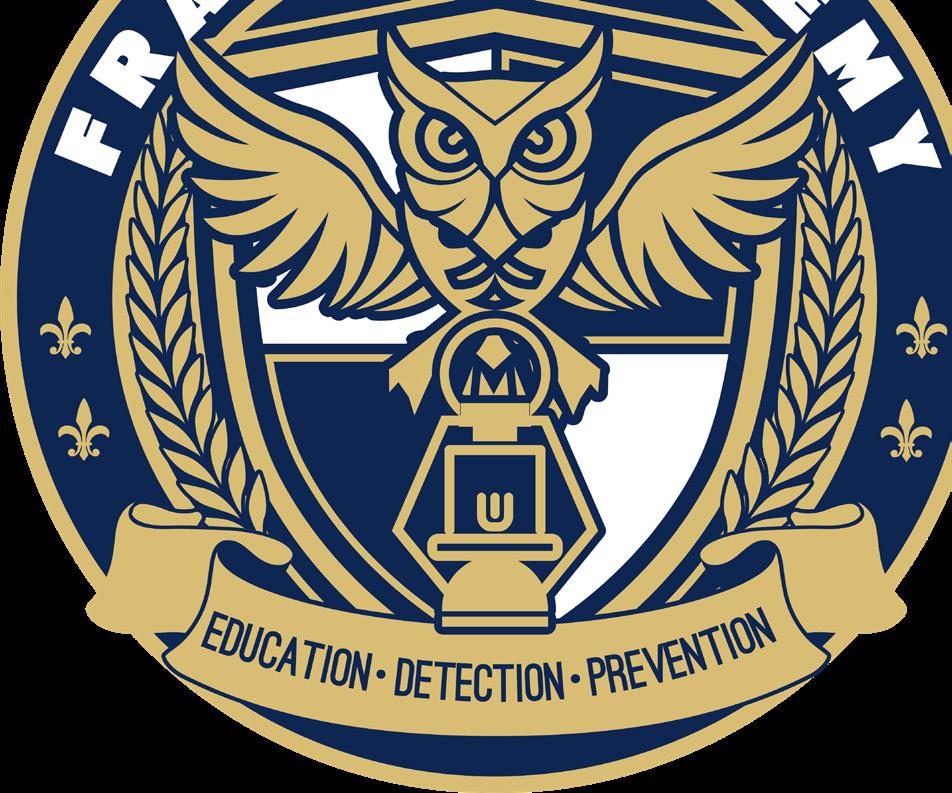
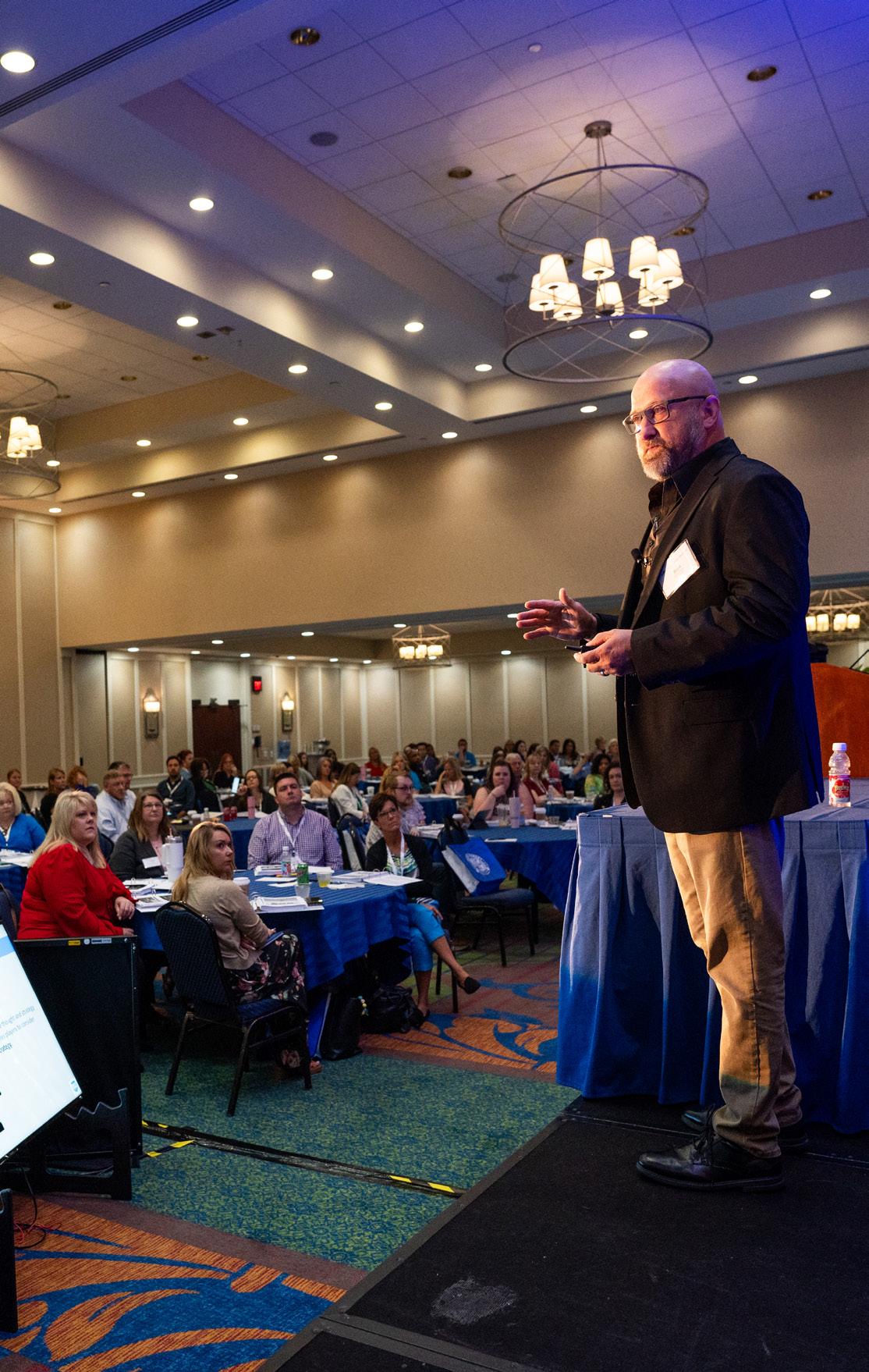


Step inside the world of financial crime-fighting. In this session, you’ll learn how The Knoble is taking action to disrupt human trafficking networks by identifying illicit financial behavior, empowering frontline fraud teams, and building survivor-centered responses. We’ll uncover the hidden pathways traffickers use and spotlight how the financial industry can be a force for protection, disruption, and change.
Speaker: Freddy Massimi III, CFCI is an active member of The Knoble, a global non-profit network dedicated to protecting vulnerable populations from financial crime. Within The Knoble, he leads a working group focused on post-scam victim recovery, survivor-centered education, and equipping financial institutions (especially fraud fighters) with actionable tools to help victims of scams not be revictimized. He also serves as the Program Lead for the Intelligence and Adverse Media Report at the Anti-Human Trafficking Intelligence Initiative (ATII), where he leads research and analysis on financial patterns tied to human trafficking, illicit massage parlors, and other forms of organized exploitation.
Pig butchering scams are no longer fringe crimes — they are a rapidly growing, globally coordinated threat impacting victims in every community. In this powerful and practical session, fraud expert Hailey Windham unpacks the anatomy of these devastating scams, revealing how victims are targeted, groomed, and financially gutted — often without raising red flags in traditional systems.
Drawing from real survivor stories and frontline casework, Hailey explores how these scams are eroding public trust in financial institutions and complicating law enforcement investigations. She’ll break down how scam networks operate across borders, why typical fraud controls are failing, and what steps banks and law enforcement can take today to intervene more effectively.
Speaker: Hailey Windham is a formidable fraud fighter. A Certified Financial Crimes Specialist (CFCS) and nationally recognized thought leader, Hailey is the host of the Banking on Fraudology podcast and the founder of CU Fight Fraud, LLC, where she partners with credit unions, community banks, and law enforcement to build fraud-savvy cultures and close critical gaps in fraud response. She is also a key leader of Operation Shamrock, a national initiative dedicated to combating pig butchering scams and enhancing fraud prevention through survivor-informed strategies, industry collaboration, and legislative advocacy. Hailey co-leads Shamrock’s Banking Team, helping financial institutions identify red flags, design real-time intervention protocols, and engage with scam survivors to drive meaningful reform.

13.25 Certified Regulatory Compliance Manager Credits
6 Certified Enterprise Risk Professional Credits
1.25 Certified Trust & Fiduciary Advisor Credits

Employees From All Levels of Banking
Operations Personnel
Front Line Personnel
BSA Officers
Compliance Officers
Deposit Specialist
Security Officers
Nate Moore
Gene Haynes
Erin Roth
Brent Harrisson
Keith Ford
Ronald Long
Freddy Massimi
Benjamin Schild
Hailey Windham
Shane Ensminger
Troey Stout
Nathan Maloney

This two-part session explores the evolution of scams targeting financial institutions, from check fraud and tech support schemes to wire fraud and business email compromise. Attendees will learn how to recognize both common and sophisticated scams, and walk away with practical strategies for prevention and response.
Speaker: Gene Haynes brings over 20 years of fraud investigation experience. He previously served as a regional fraud investigator for a major retail chain before joining the Lexington Division of Police, where he worked as a field training officer and detective in the Residential Burglary and Financial Crimes Unit. He also served as a task force officer with IRS Criminal Investigations. Gene is a Kentucky Law Enforcement Council Certified Instructor in financial crimes and retail theft and currently serves as Chairperson of the Central Kentucky Financial Institutions Security Officer Association and as a board member of the Kentucky Organized Retail Crime Association.
This session examines how fraudsters exploit commercial lending processes, from falsified financials to shell companies and insider collusion. Nathan Maloney draws on his experience investigating complex financial crimes to walk attendees through red flags, investigative techniques, and strategies financial institutions can use to detect and prevent commercial loan fraud.
Speaker: Nathan Maloney is a Special Agent with the FDIC Office of Inspector General and a member of the FBI Complex Financial Crimes Task Force in Louisville. He previously served as a Special Agent with the U.S. Secret Service in Miami and spent eight years in the U.S. Army. With 15 years of experience investigating federal fraud cases, Nathan also instructs for the Department of Justice’s Financial Investigations Seminars and various new agent training programs. He holds degrees in political science, business management, and forensic psychology, and is a Certified Fraud Examiner.
This session will dive into the complex issue of money laundering, including methods, regulatory responses, and strategies for financial institutions to detect and prevent it. This session will also explore the key role that suspicious activity reports play in aiding investigations.
Speaker: Troey Stout brings over two decades of expertise in combating drug trafficking and money laundering, spanning local to international operations. Troey’s career with the DEA has been marked by deep involvement in complex narcotics investigations and developing critical strategies in undercover and surveillance operations. Recognized as a subject matter expert in areas including money laundering, cryptocurrency, and security measures, Troey has contributed as an instructor and expert witness, sharing knowledge with law enforcement and private sectors to fortify defenses against financial crime.
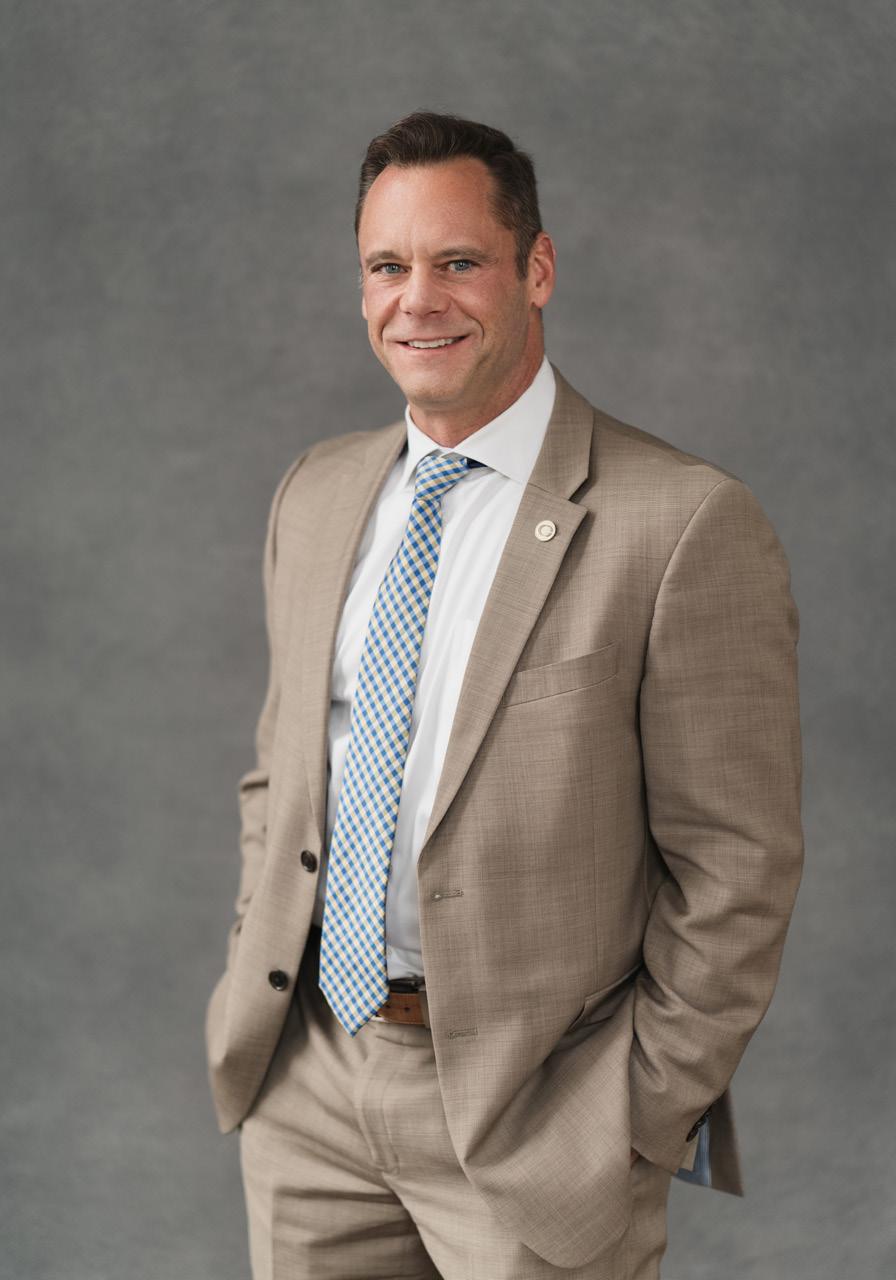
Shane Ensminger has served 22 years with the Lexington Division of Police. During his tenure, he served on the Narcotics Enforcement Unit, Intelligence and Organized Crime Unit, FBI Criminal Enterprise Task Force, FBI Joint Terrorism Task Force, DEA Task Force, and the US Marshall’s Fugitive Task Force. He also served as an assistant commander of the Emergency Response Unit (SWAT). He currently is the Senior Vice President, Director of Financial Intelligence & Security Unit at Central Bank and Trust. This is Shane’s third year as MC of Fraud Academy.
Fraud never sleeps, and neither do we. It’s time to raise awareness now before it’s too late. Our banks, and our customers, depend on it! “ “

*Subject to change.
TUESDAY, AUGUST 12
9:00 AM - 10:00 AM Intro To Fraud With Shane Ensminger
10:00 AM - 11:00 AM Mail Fraud & Theft Impacting Our Communities With Benjamin Schild
11:00 AM - 11:15 AM Break
11:15 AM - 12:15 PM Closing Pandora’s Box: Understanding & Safeguarding Artificial Intelligence With Brent Harrisson
12:15 PM - 1:15 PM Lunch
1:15 PM - 3:15 PM DEA Money Laundering With Troey Stout
3:15 PM - 3:30 PM Break
3:30 PM - 4:30 PM Practical Examples of Commercial Loan Fraud With Nathan Maloney
WEDNESDAY, AUGUST 13
9:00 AM - 10:00 AM Elder Abuse With Ronald Long
10:00 AM - 10:15 AM Break
10:15 AM - 11:15 AM In Pursuit of the Exploited: The Knoble’s Mission to Disrupt Human Trafficking Networks With Freddy Massimi, III
11:15 AM - 12:15 AM Card Skimming With Nate Moore
12:15 AM - 1:15 PM Lunch & Learn- Identify High Risk Business With Keith Ford
1:15 PM - 2:30 PM Popular Scams With Gene Haynes
2:30 PM - 2:45 PM Break
2:45 PM - 3:30 PM Popular Scams (cont.)
3:30 PM - 4:30 PM Government Impersonations TBD

*Subject to change.
THURSDAY, AUGUST 14
9:00 AM - 10:00 AM Pig Butchering Scams: The Silent Slaughter of Trust — What Law Enforcement and Banks Must Do Now With Hailey Windham
10:00 AM - 11:00 AM Human Trafficking With Erin Roth
11:00 AM - 12:00 PM Operation Homeless With Shane Ensminger & Gene Haynes


Did you know...
Drug addiction has been shown to increase sugar consumption in humans. Time and time again, we’re seeing bad guys go for the sucker jar to curb their sweet tooth. What’s more, we also see an increase usage of earbuds so that their crime bosses can monitor their scam-in-progress. If you see a non-customer cashing a business check wearing cap/hat/hoody, construction safety shirt or vest, eating suckers and wearing an earpiece...BE VIGILANT!
To register your bankers at Fraud Academy 2025, please visit us online at http://www.kbafraudacademy.com. Seating is limited, so register early! We have a room block reserved at Hilton Lexington/Downtown.
Fraud Academy 2025 is hosted by Shane Ensminger, Senior Vice President and Director of the Financial Intelligence & Security Unit at Central Bank & Trust Co.
Founded in 2019 by two U.S. military aviators and public safety professionals, 5th Meridian Group is a Service-Disabled VeteranOwned Small business (SDVOSB) based in Southeast Missouri. Their team offers cost-effective and reliable full-service cash logistics, including deliveries to the Federal Reserve, designed explicitly for Kentucky financial institutions and their clients across the state.
Contact: Michael T. Allen, CEO
Arkatechture is a U.S.-based data technology company specializing in turnkey data management and data and predictive analytics solutions for community, regional financial, and top commercial bank institutions. Their flagship platform, Arkalytics, is a fully managed cloud-native data warehouse and business intelligence solution built specifically for banks.
Contact: Kyle Capsalis, Partnerships Director
AI Risk, Inc. accelerates Gen AI adoption by providing a platform for AI safety, security, and compliance for financial companies. The company created the first AI governance, risk, compliance and cybersecurity management software platform (AI GRCC), a new category of software going beyond simply “trust and safety”. Their customers range from small businesses to large financial institutions.
Contact: Alec Crawford, Founder and CEO
For over 40 years, DCG’s only business has been to help banks manage balance sheets effectively. DCG provides independent risk management consulting and strategic advisory services including asset/liability management, model risk management/validation, capital planning and data-driven solutions (deposit and loan analytics, liquidity, credit stress testing), bringing clarity to the complex.
Contact: Kelly Coletti
My First Nest Egg was launched in 2022 by two former attorneys who, during the pandemic, realized their own young children lacked age-appropriate financial education tools. Since then, their platform has grown rapidly – achieving 137% year-over-year revenue growth and serving partners across 17 states and territories. They have helped thousands of children learn critical money habits through trusted institutions in their own communities.
Contact: Nicolle Hood, Co-Founder & CEO
We are a marketplace lending platform that works with over 200 banks and depository institutions, providing customized secured/ unsecured consumer whole loan purchase partnerships to deliver, Portfolio Diversification; Net Interest Income; Fee Income; Earnings pressure relief; Margin compression relief.
Contact: Karla Noyola, Investor Marketing Manager
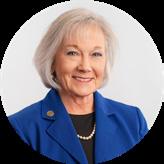

Bank of the Bluegrass & Trust Co. in Lexington is pleased to announce the following: Logan Swiger has joined the Downtown team as a Universal Banker; the promotion of Chris Boaz from Vice President to Senior Vice President of Consumer Lending; the promotion of Chris French to Senior Vice President, Commercial Lending; Julie Driskell has joined the bank as Assistant Vice President, Consumer Mortgage Lender; the promotion of Matthew Robertson from Assistant Vice President, Business Development Officer and Treasury Management Specialist to Assistant Vice President, Commercial Lender, Business Development Officer and Treasury Management Specialist; the promotion of Nathan Hamblin from Vice President, Credit Analyst Team Lead to Vice President, Chief Credit Officer; and Rob Fridley has joined the bank in the position of Bookkeeper. Congrats to all on your continuing journey in banking!
Morgantown Bank & Trust is proud to announce its expansion into Ohio County with a new temporary banking location in Beaver Dam. The modular unit, located at 1150 N. Main Street, is now open and will serve as a convenient option for local customers while plans for a permanent branch are underway.
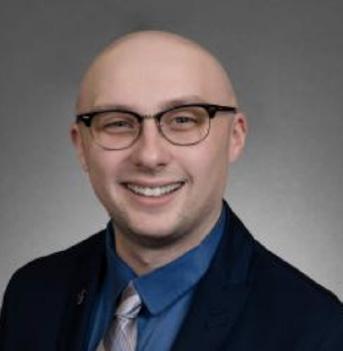


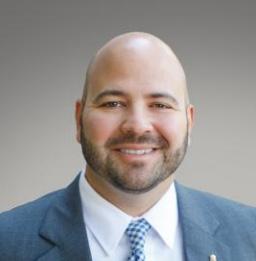
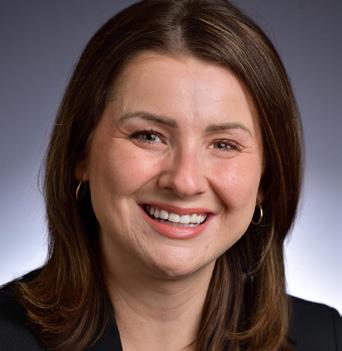
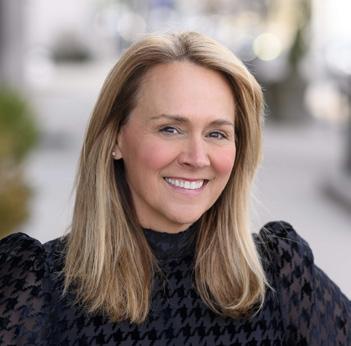
Have a promotion or branch news you want to see featured? Email us at marketing@kybanks.com
Central Bank Chairman, President, and CEO Luther Deaton, Jr. announces Kelsey Whitaker’s promotion to commercial lines CSR supervisor, officer. Before joining Central Bank in 2018, Kelsey began her career in commercial insurance four years earlier. Her roles at Central Bank included commercial lines CSR I and II before being promoted to officer. Her unwavering dedication to providing exceptional customer service to clients and her extensive knowledge of all lines of commercial insurance products have paved the way for her supervisory responsibilities.
City National Bank is proud to announce the promotion of Brizia Palmer to Assistant Vice President. Brizia is the Branch Manager of the Nicholasville branch and joined City National Bank in 2018. With over 12 years of banking experience, she consistently demonstrates a strong commitment to our customers, leadership and community involvement and brings a wealth of knowledge and commitment that perfectly align with our commitment to excellence.
FNB Bank is proud to announce that they have donated over $20,800 back to Mayfield, Graves County, Trigg County, and Marshall County Schools through their Spirit Debit Card Program. These
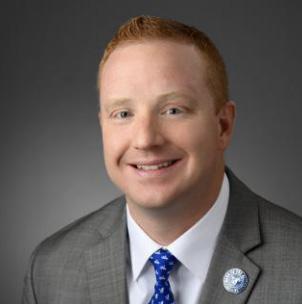

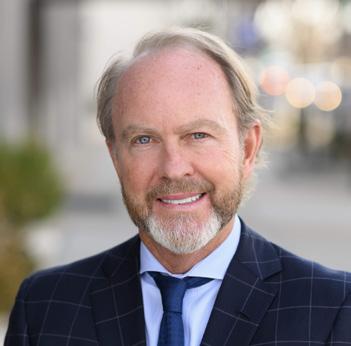
donations to the school systems are a result of FNB’s 1st quarter 2025 Spirit Debit Card Program. “We are proud to offer our exclusive FNB Spirit Debit Card Program to our local schools,” stated Brooke Wiles, FNB Marketing Director. “Our customers have pride in knowing that they are making a difference in the lives of our youth by simply swiping their Spirit Debit Cards at the checkout. The donated funds allow the school systems the opportunity to do more for their students and staff, which is an invaluable asset to our community.”
Cumberland Valley National Bank & Trust (CVNB) is pleased to announce the appointment of J. Todd Greer and Samantha Woods to its Board of Directors. Congratulations to all!
Republic Bank & Trust Company is proud to announce the launch of Time to Thrive, refreshing its branding with a new tag line and marketing campaign that illustrate the Bank’s unyielding commitment to its clients, company, associates and the communities it serves. Well done, team!
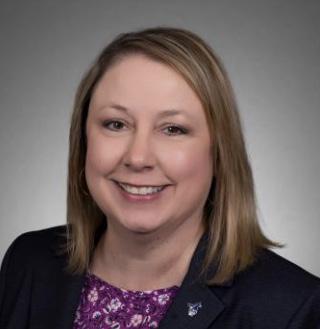

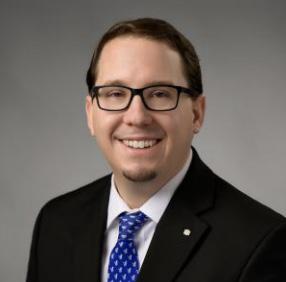



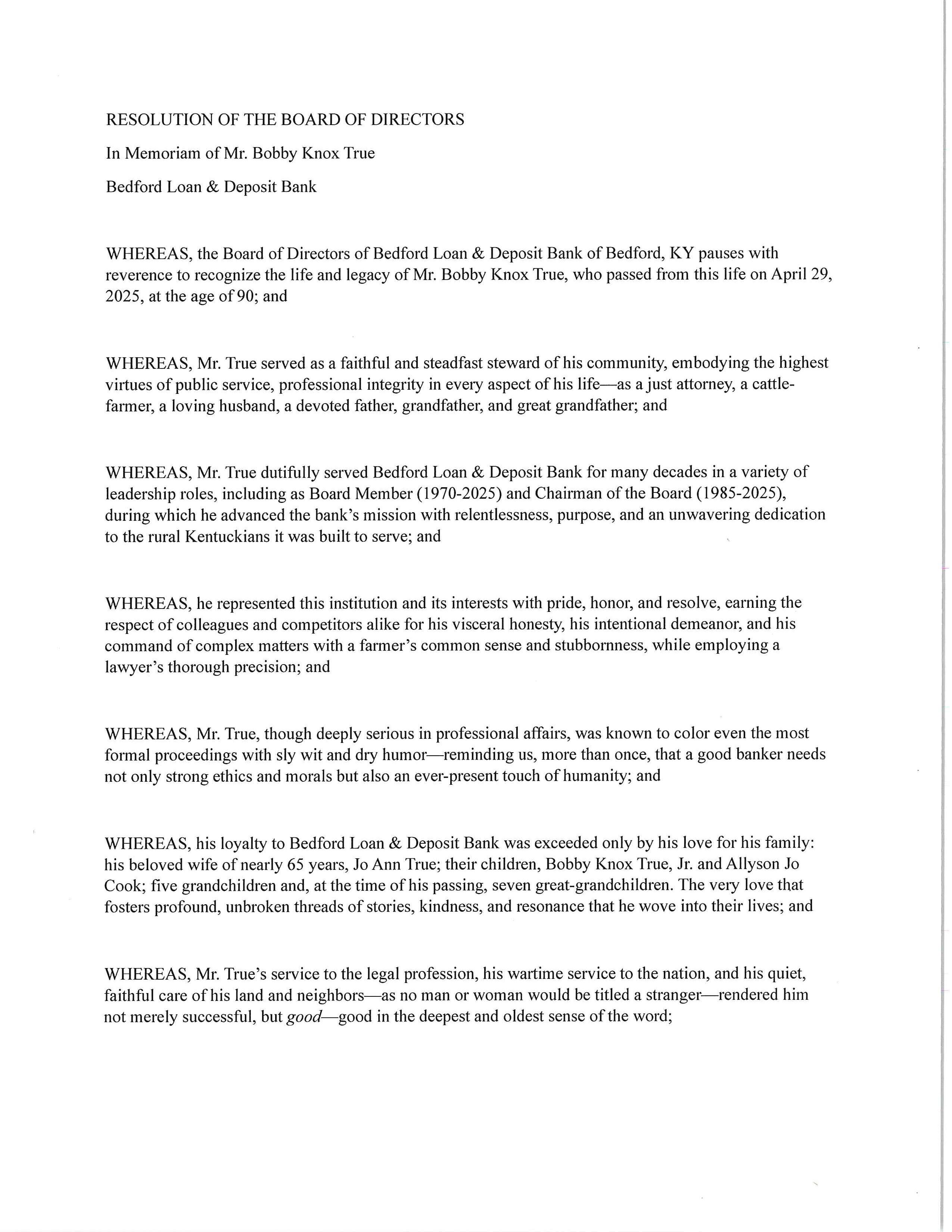
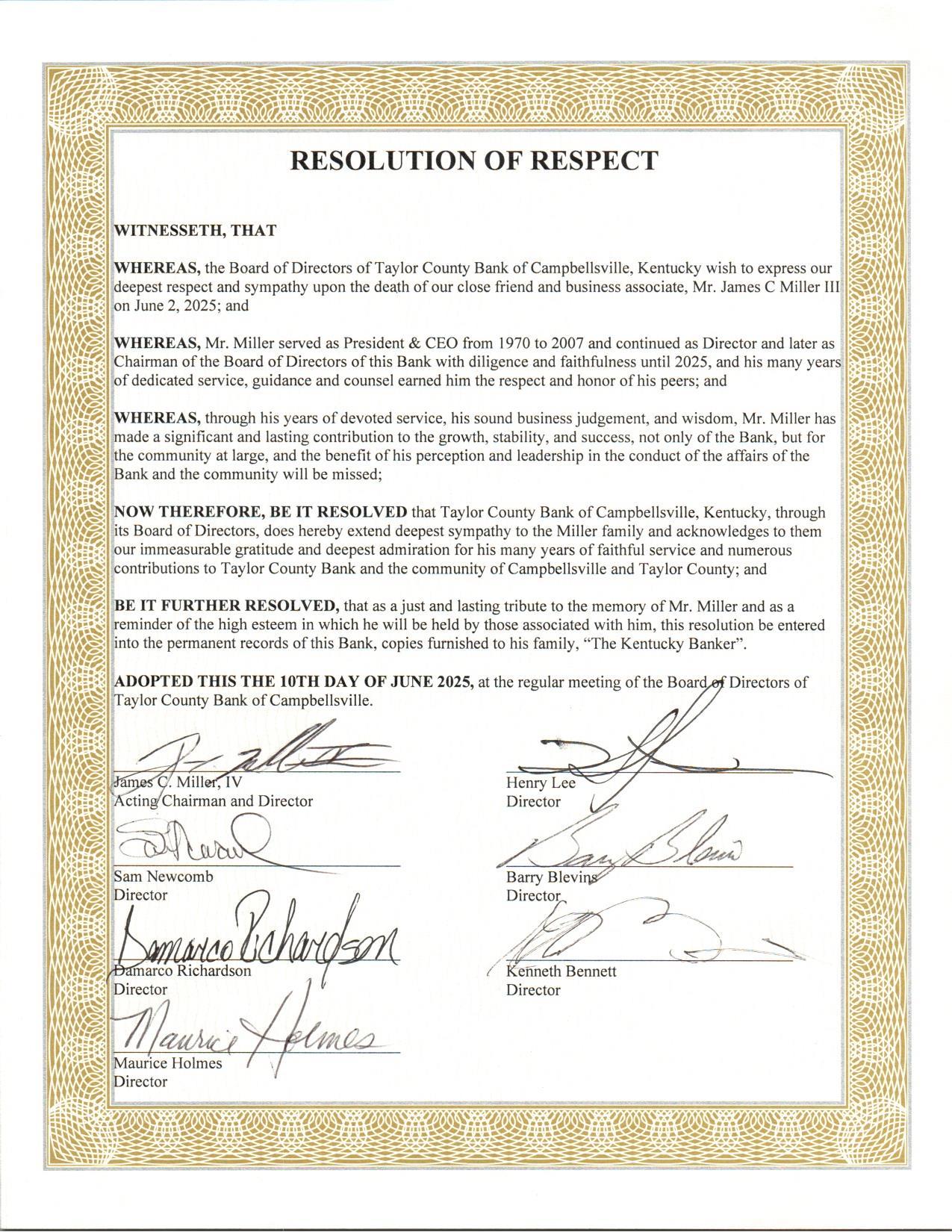
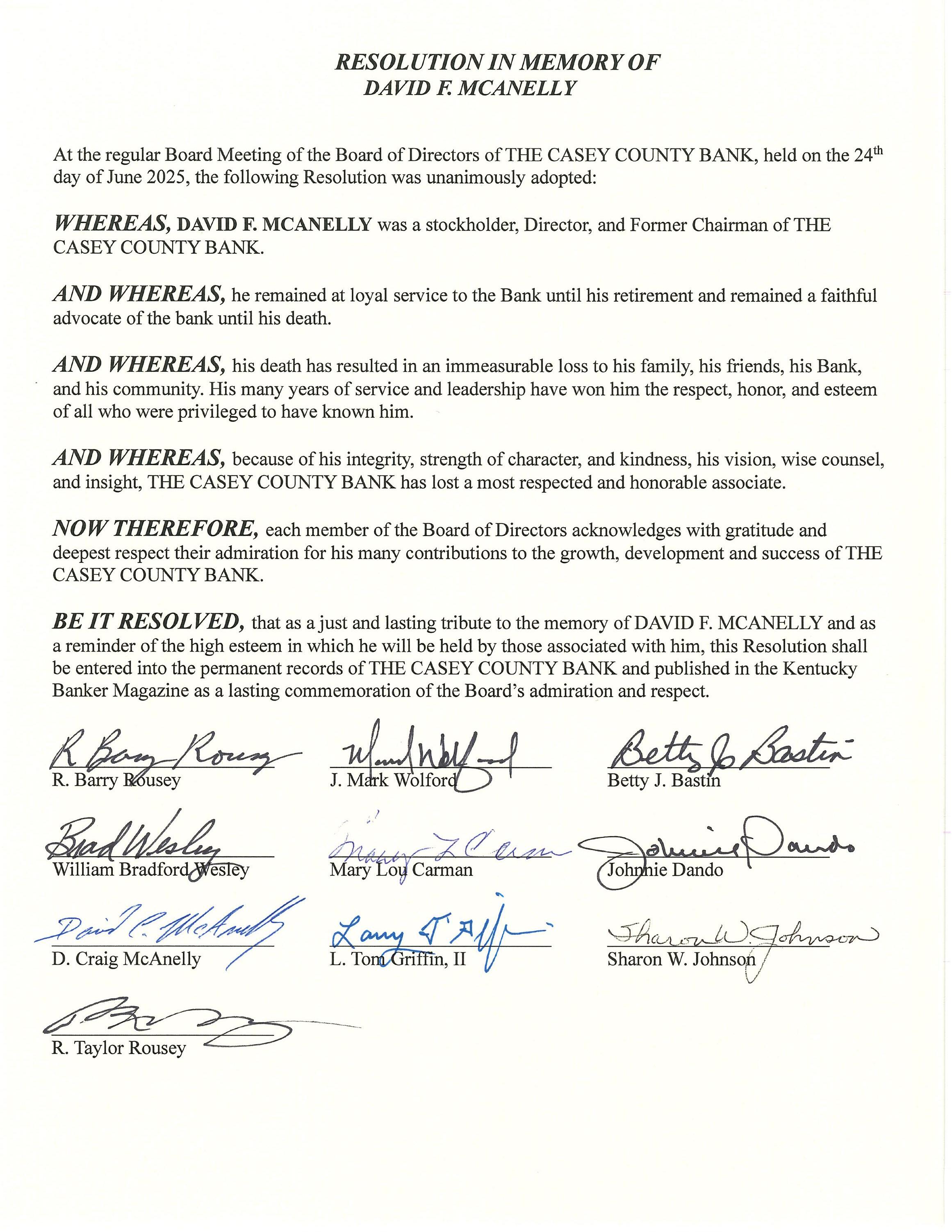


BCP works exclusively with community banks to develop non-qualified benefit strategies and Bank-Owned Life Insurance (BOLI) solutions that align with long-term goals.
To learn more about how BOLI can enhance core financials—and how non-qualified benefit plans can help attract and retain the leaders who drive long-term success—contact Lou or Lon at Banc Consulting Partners.
